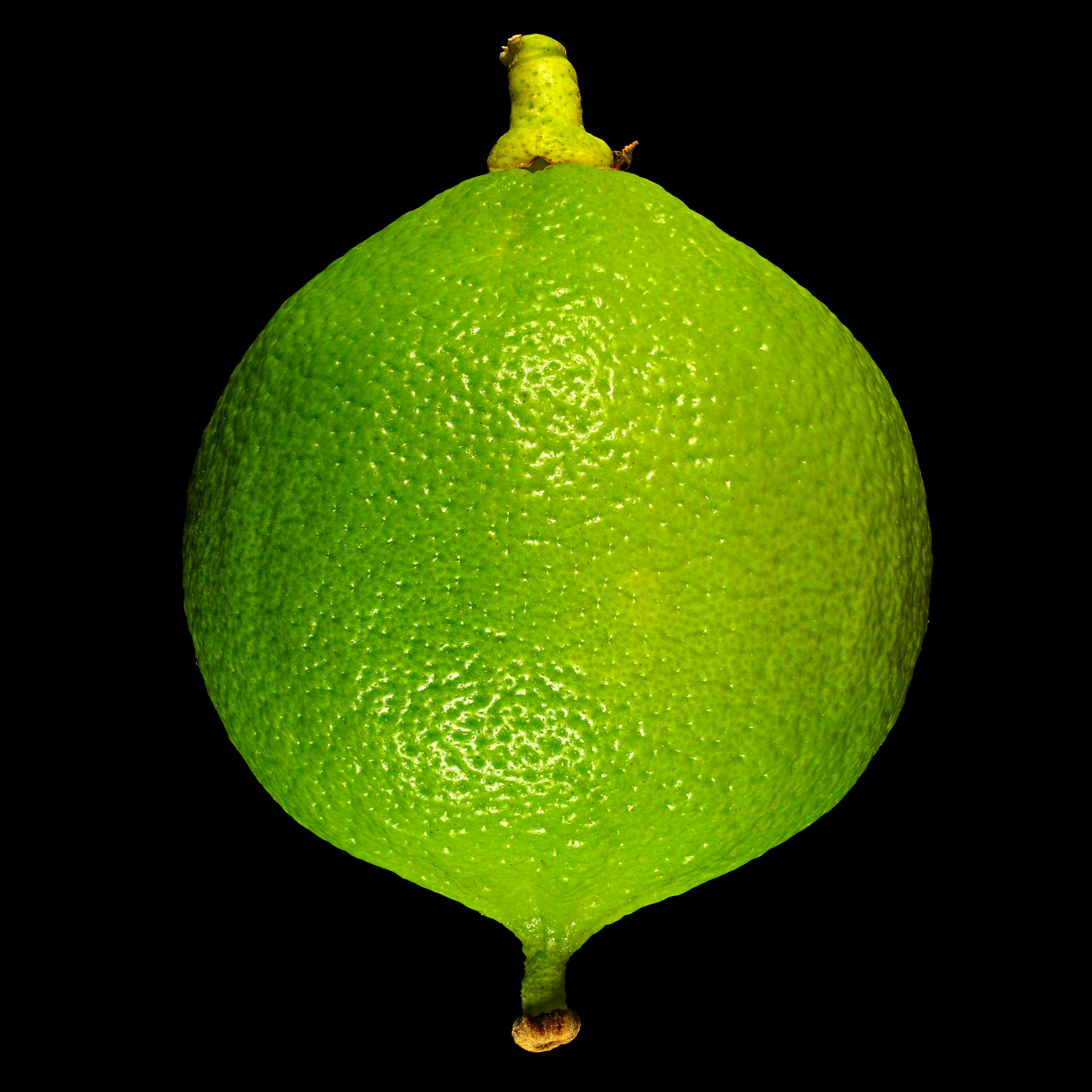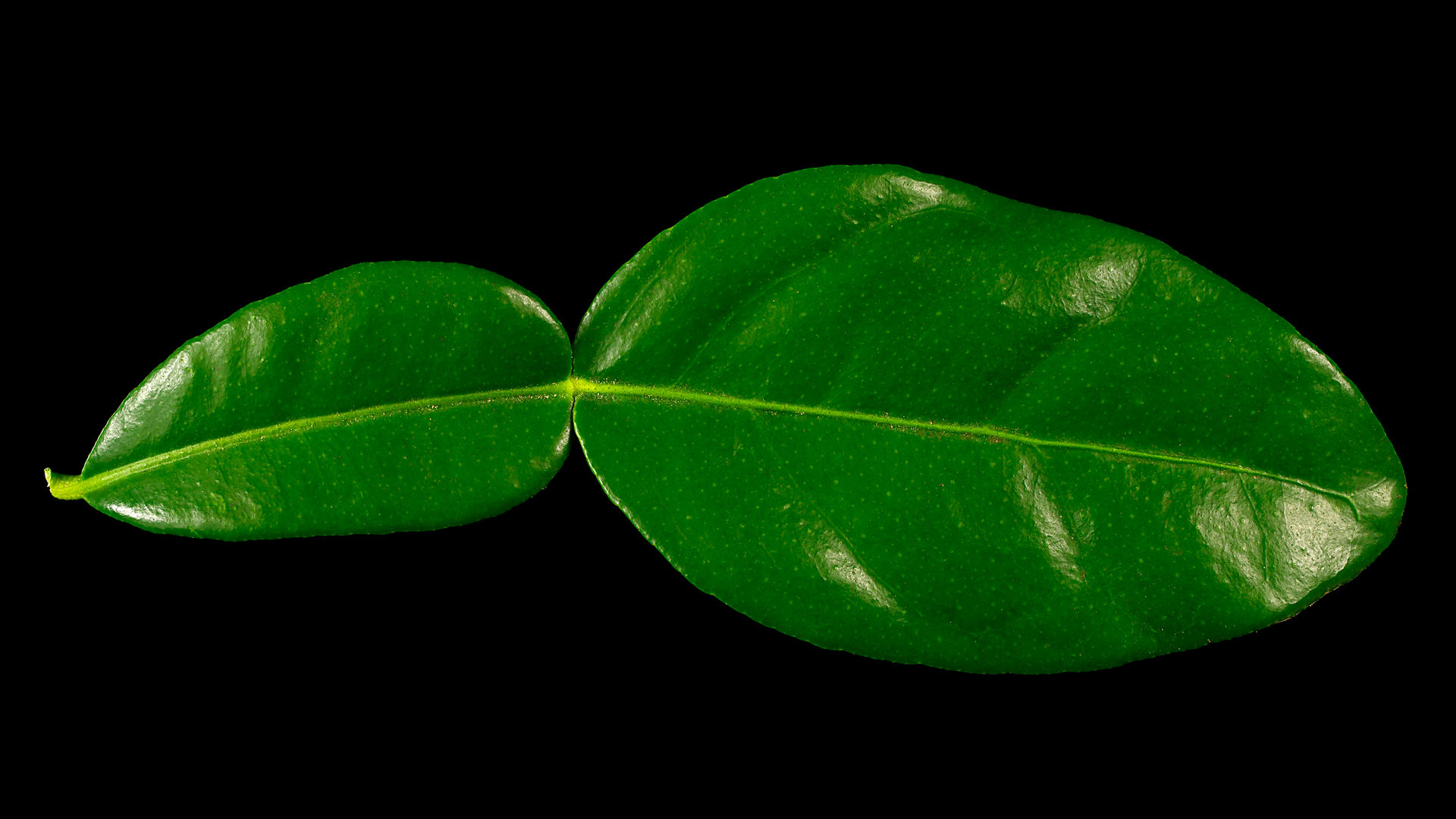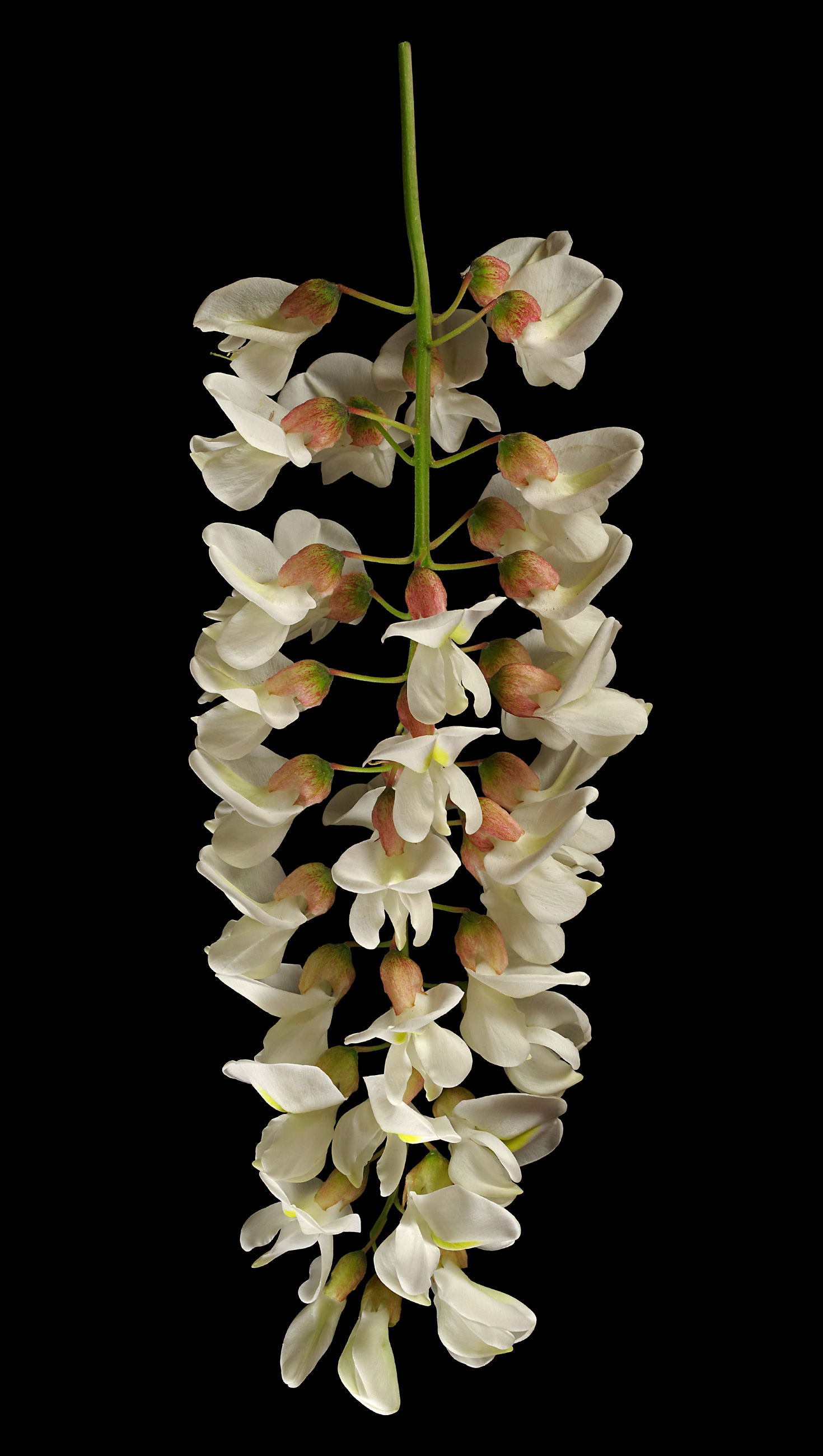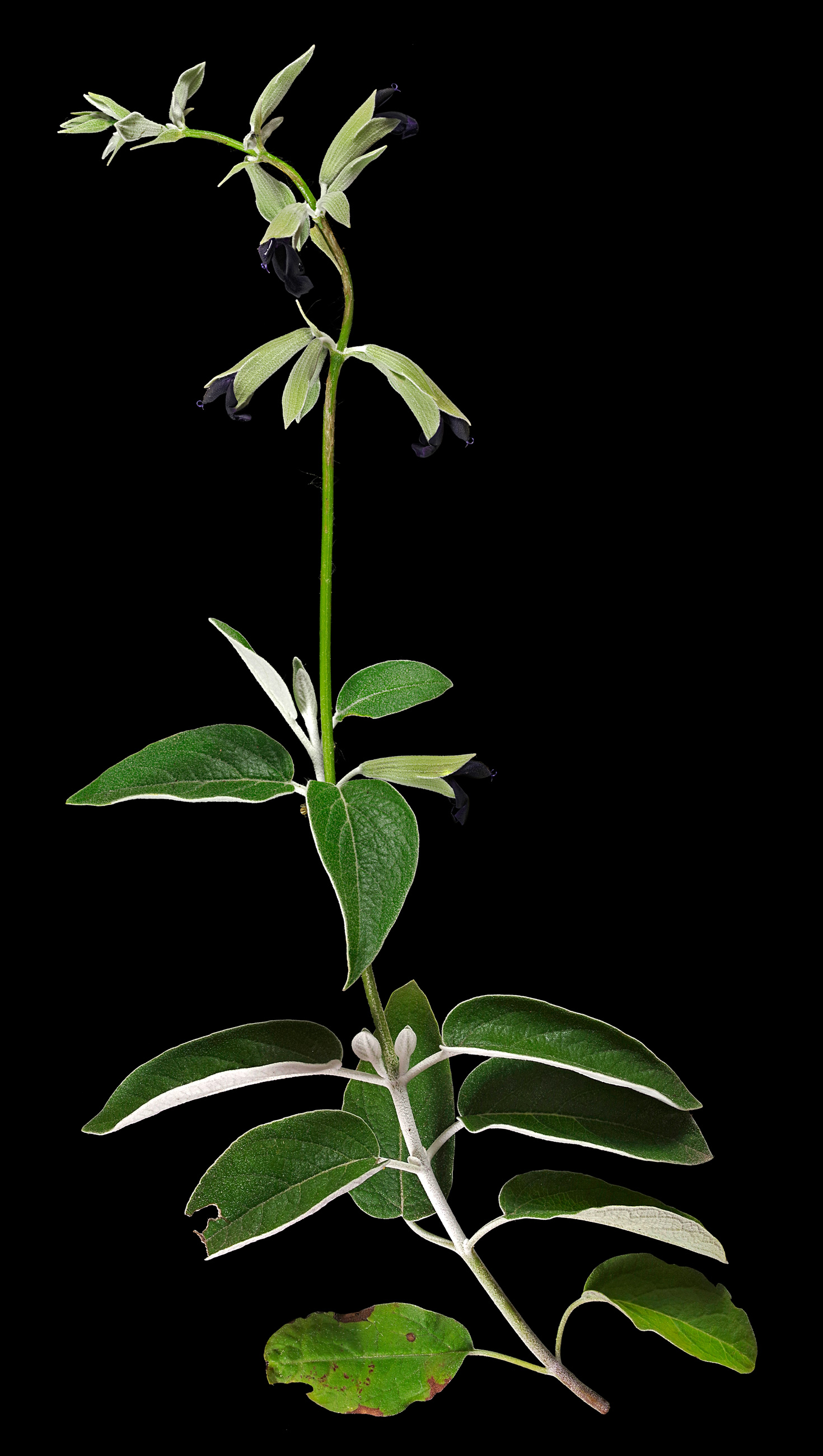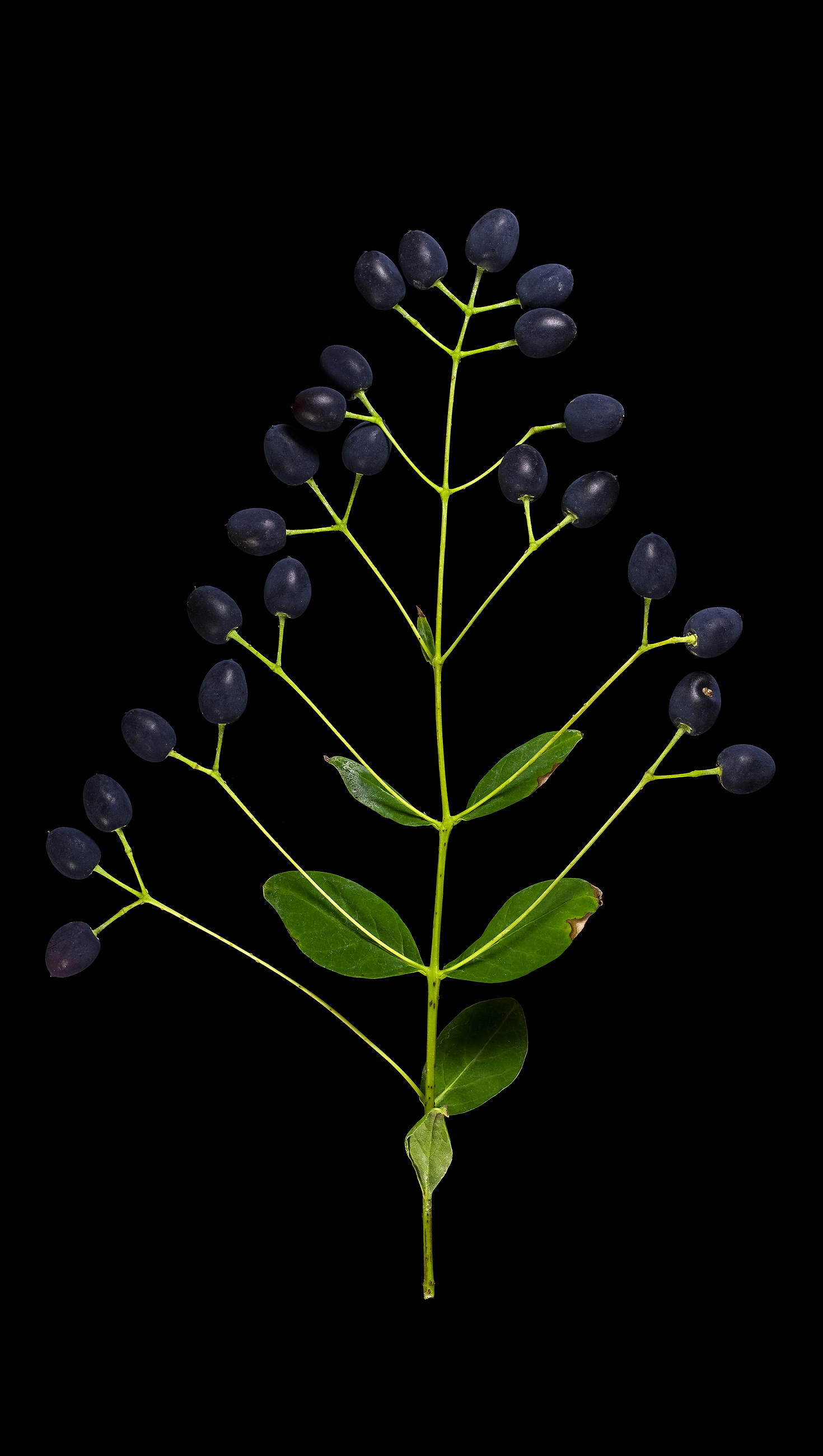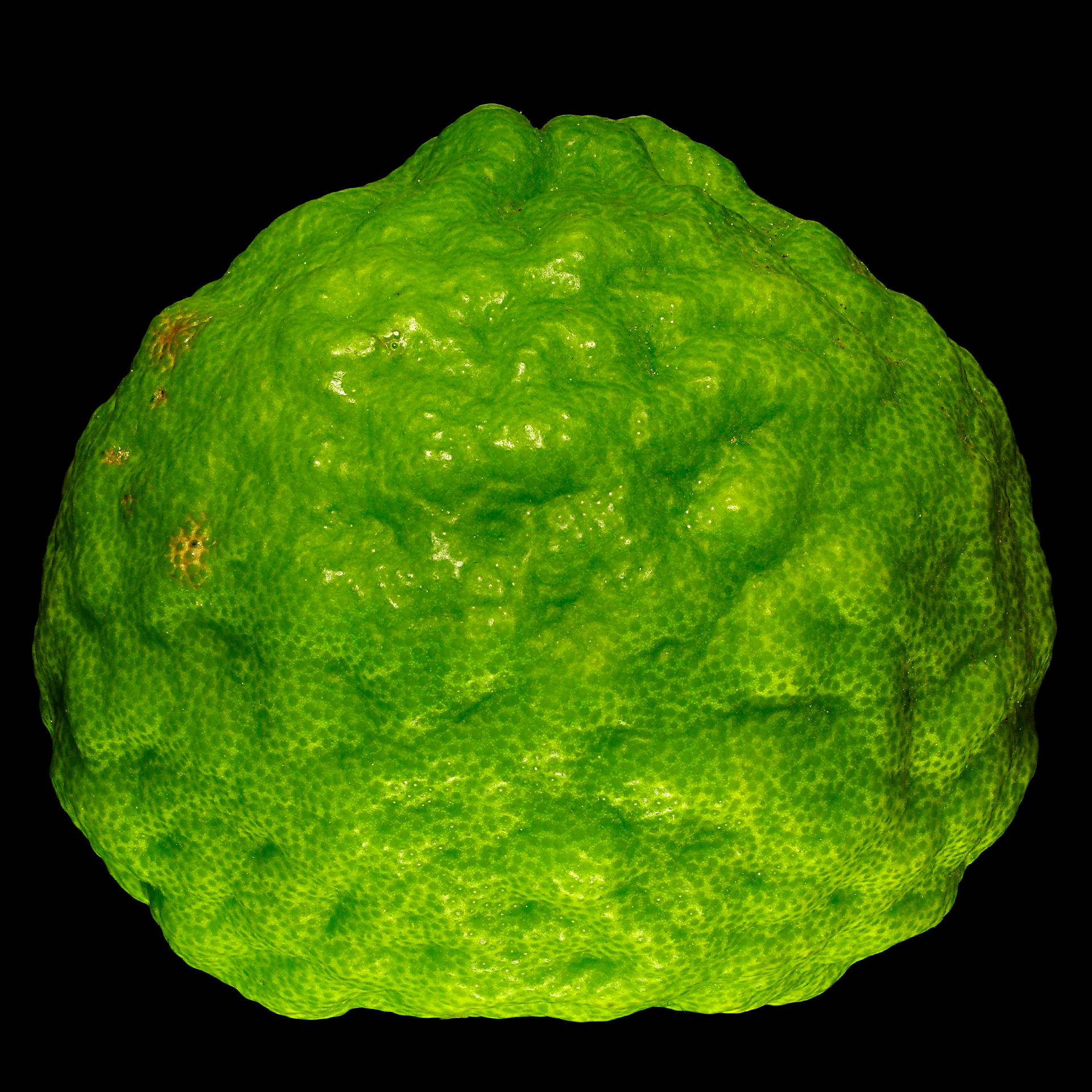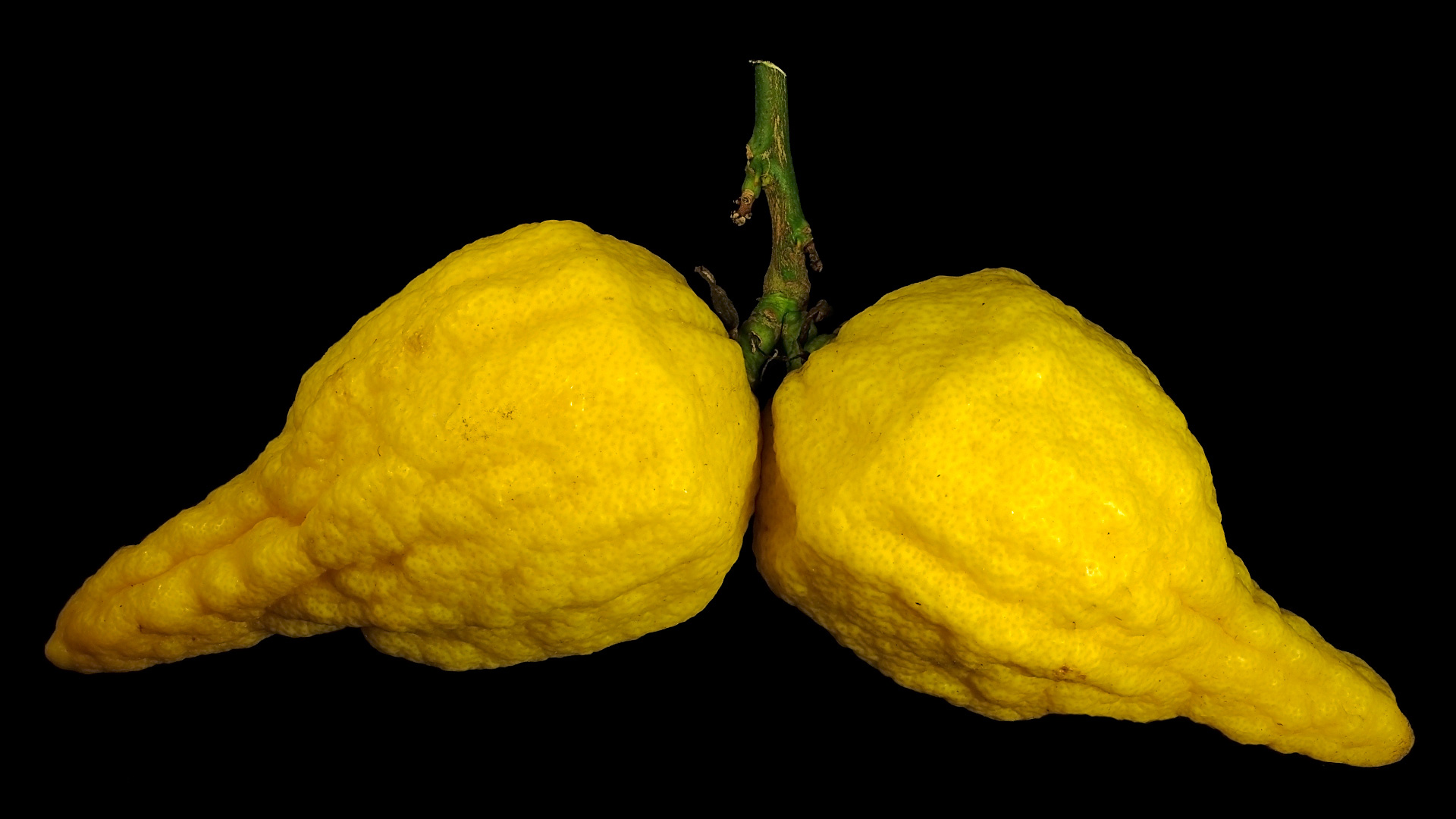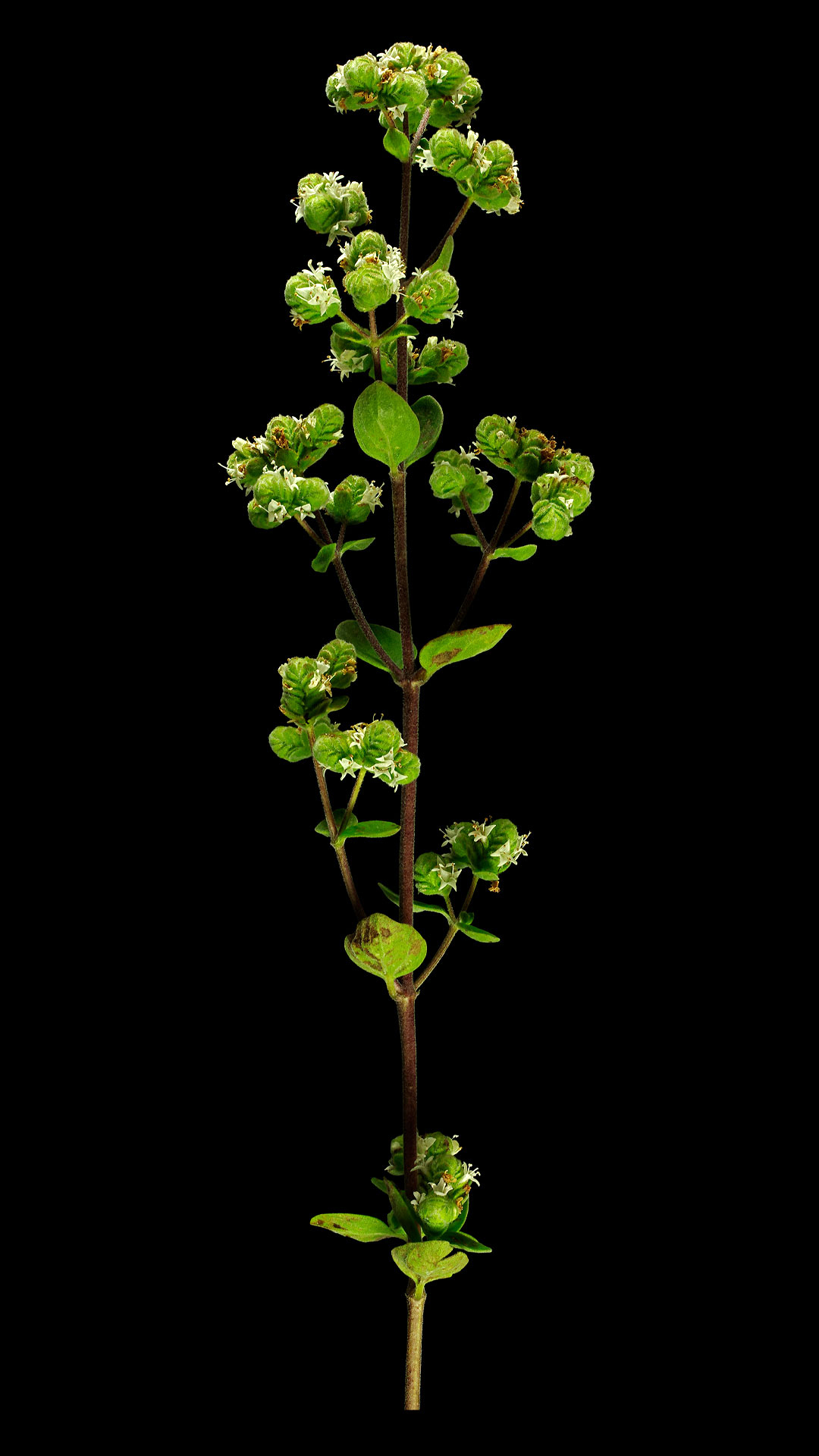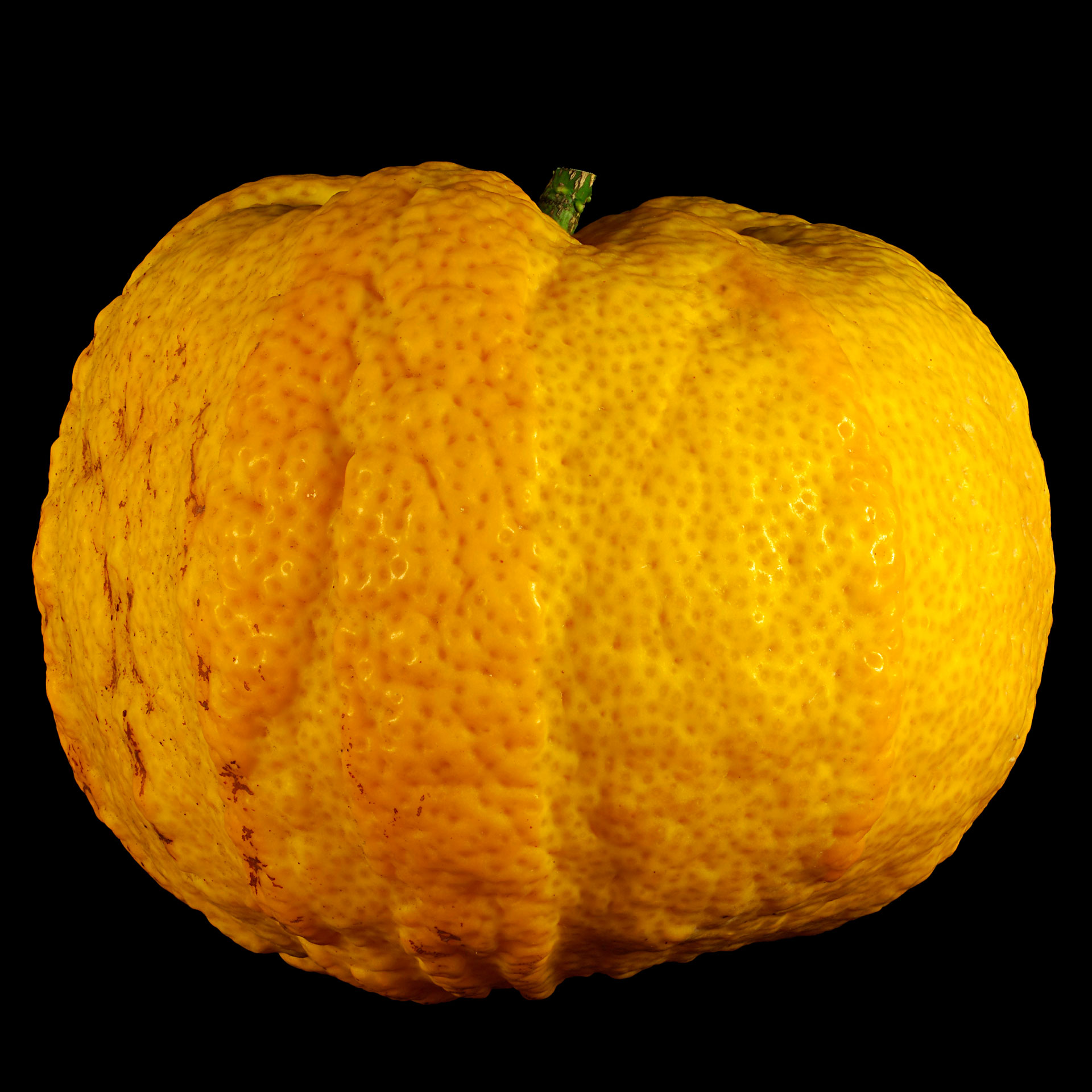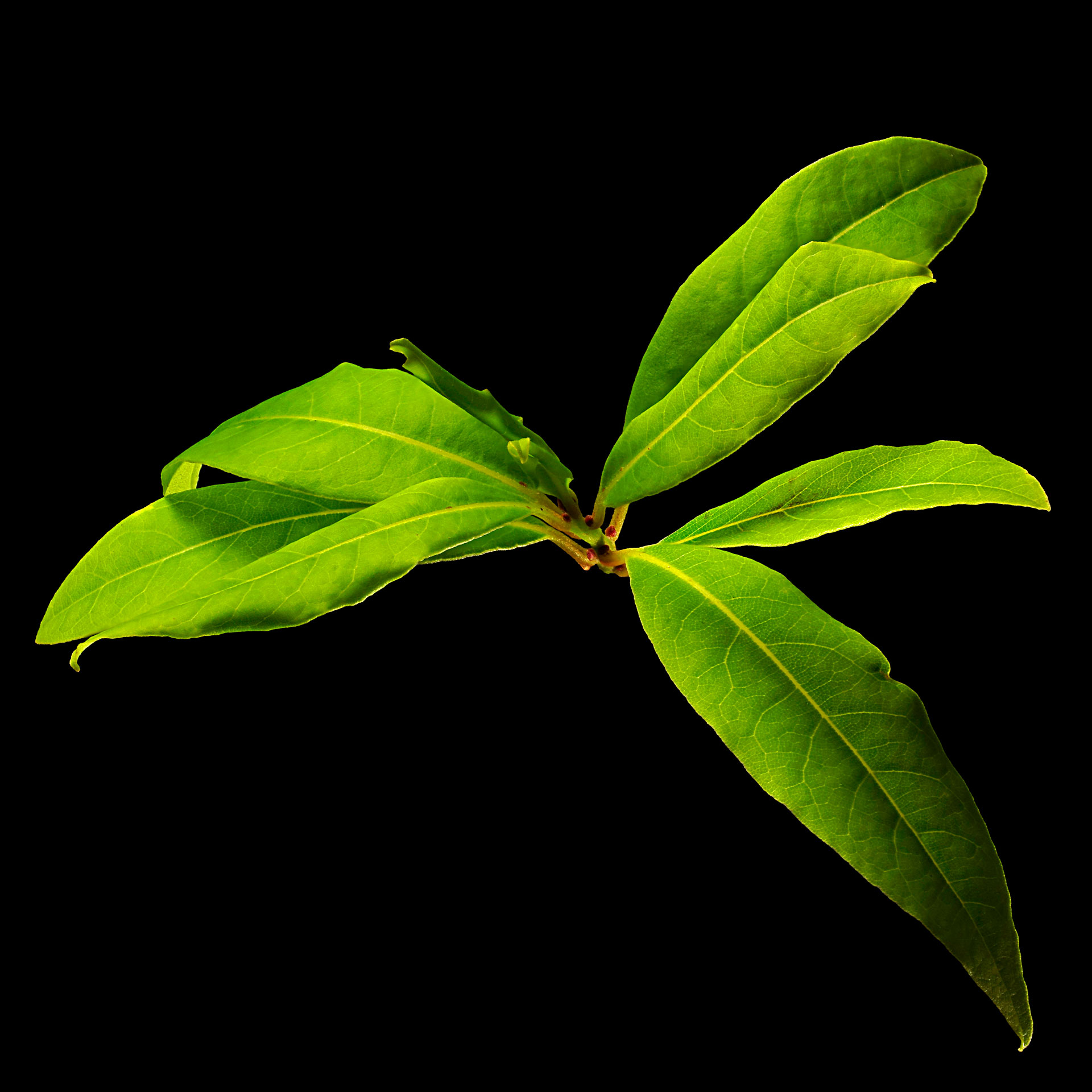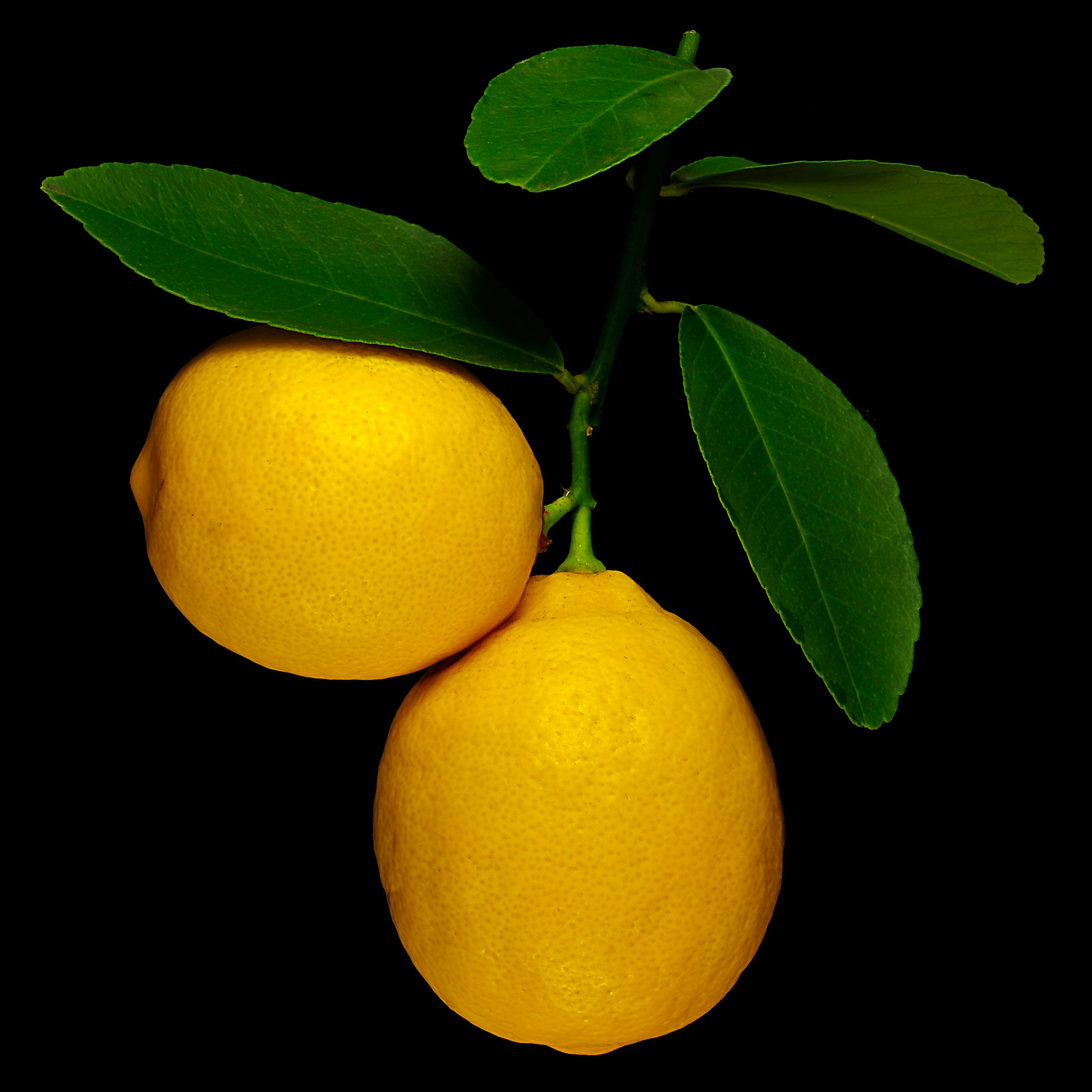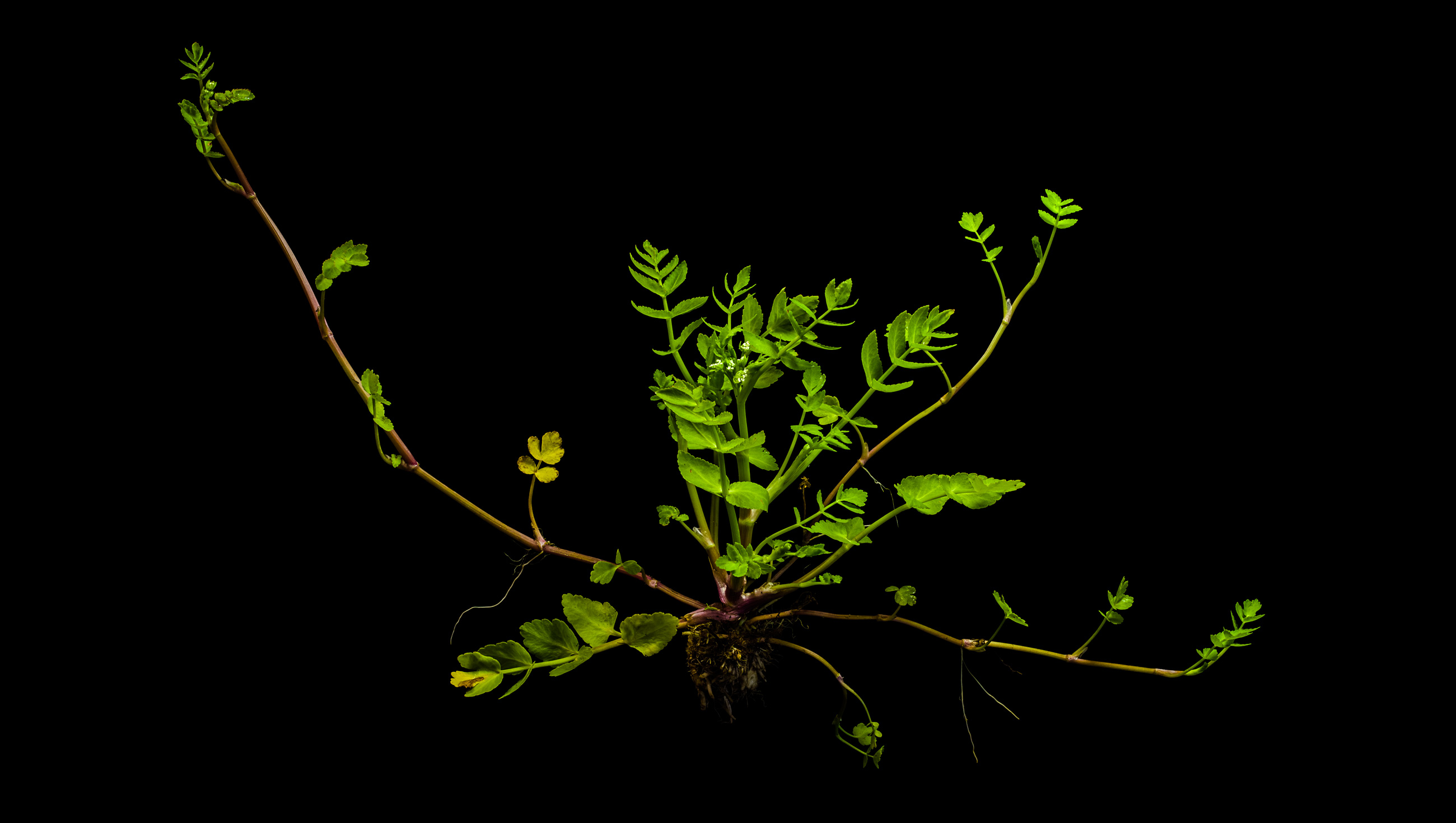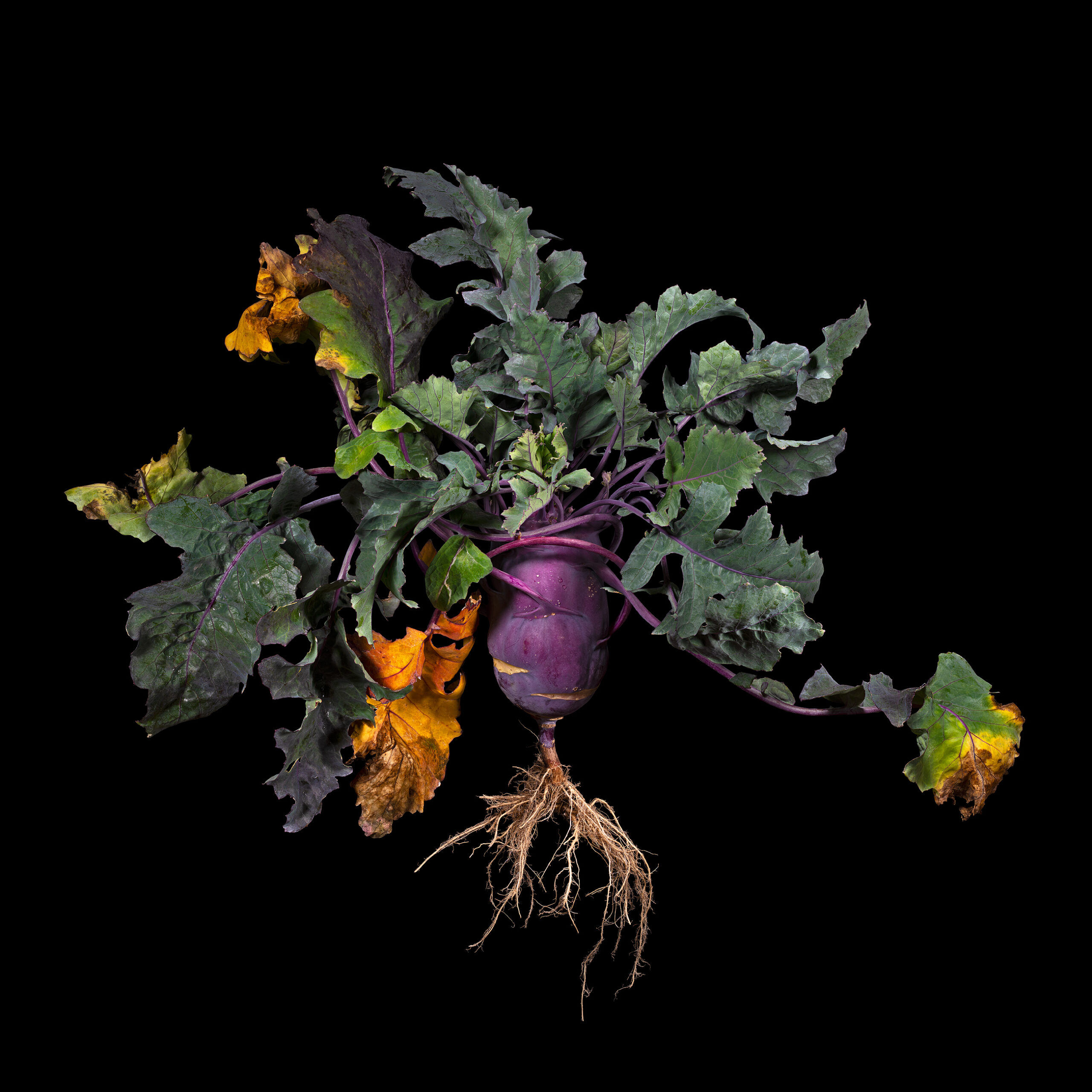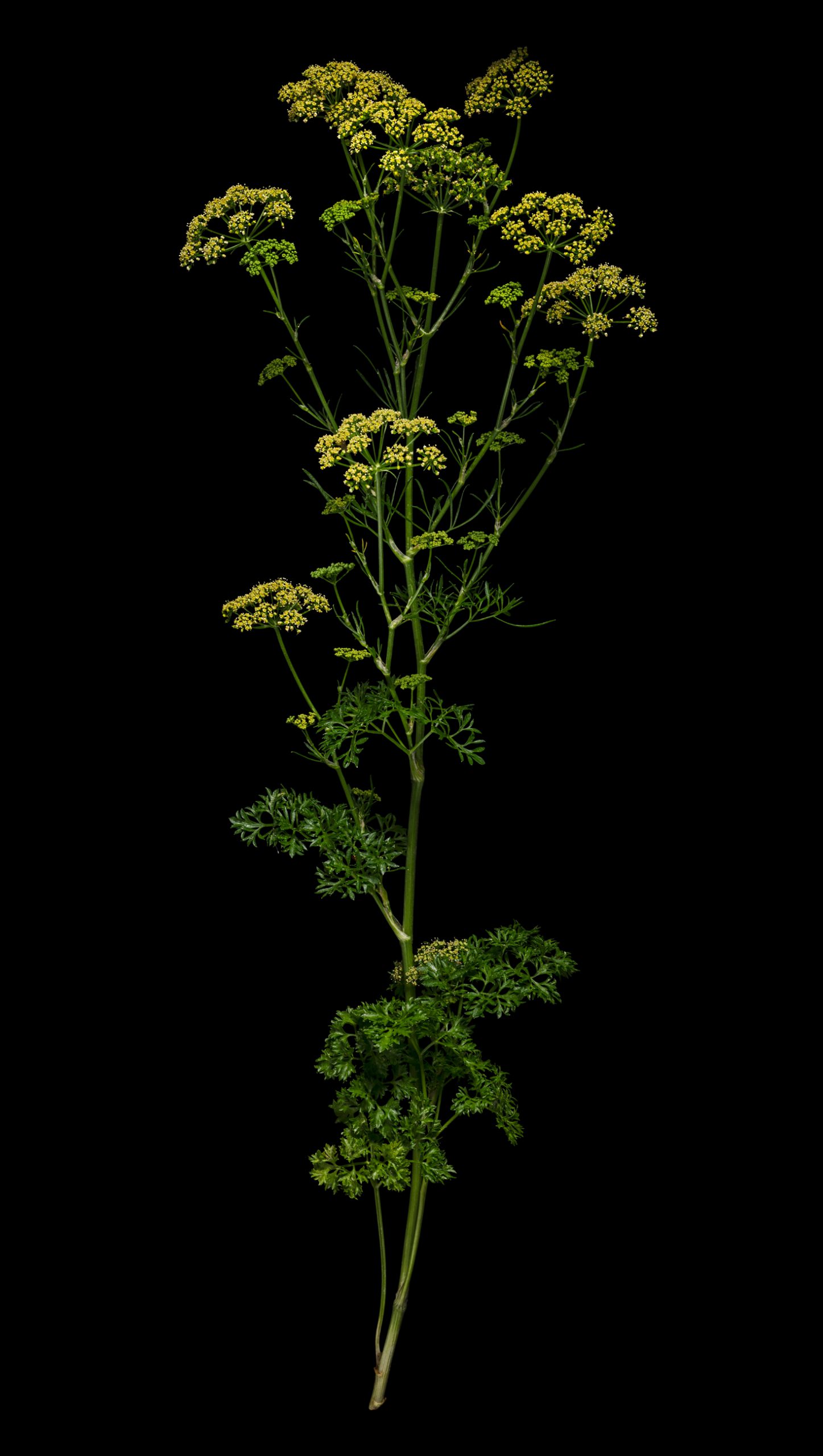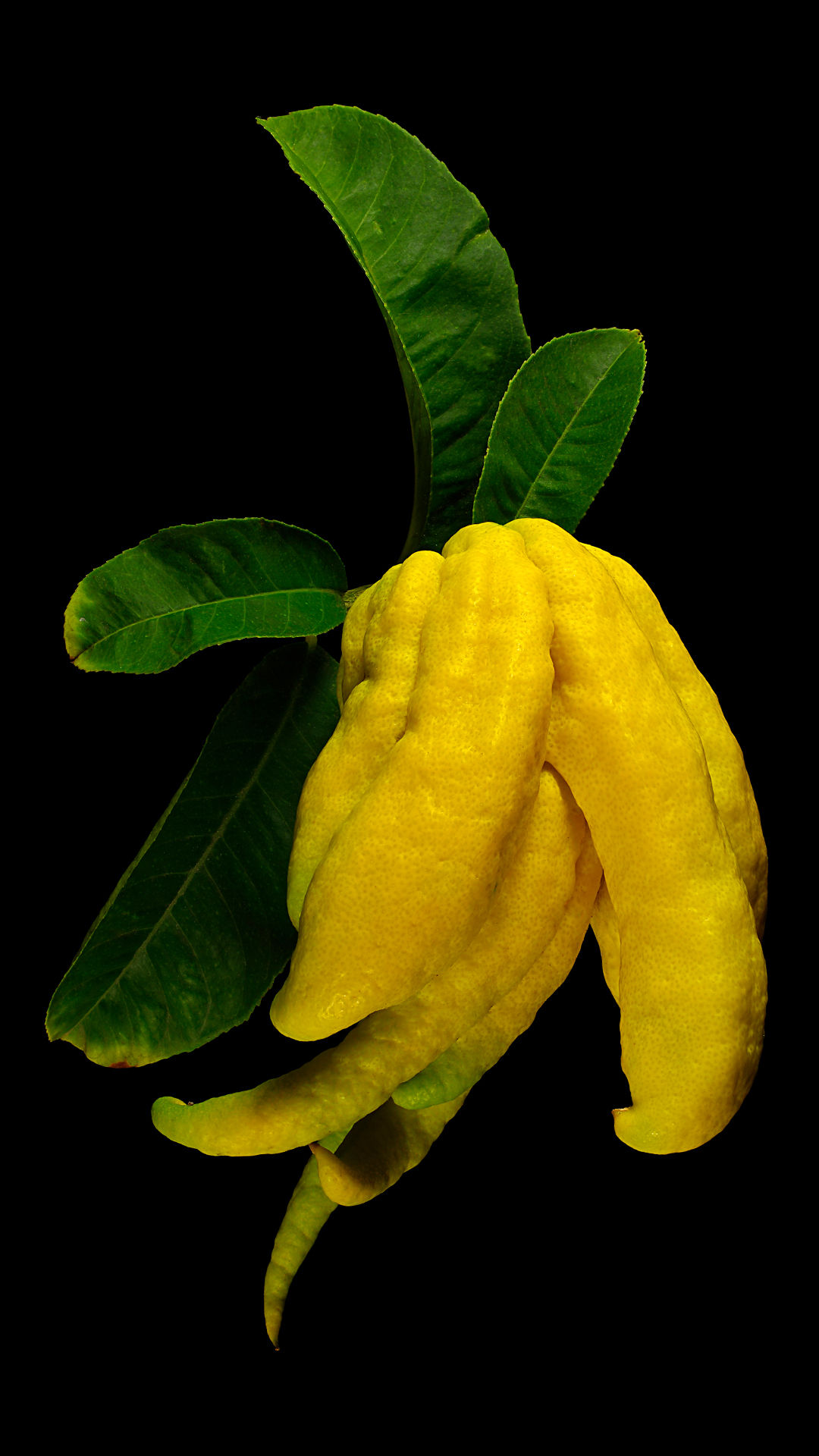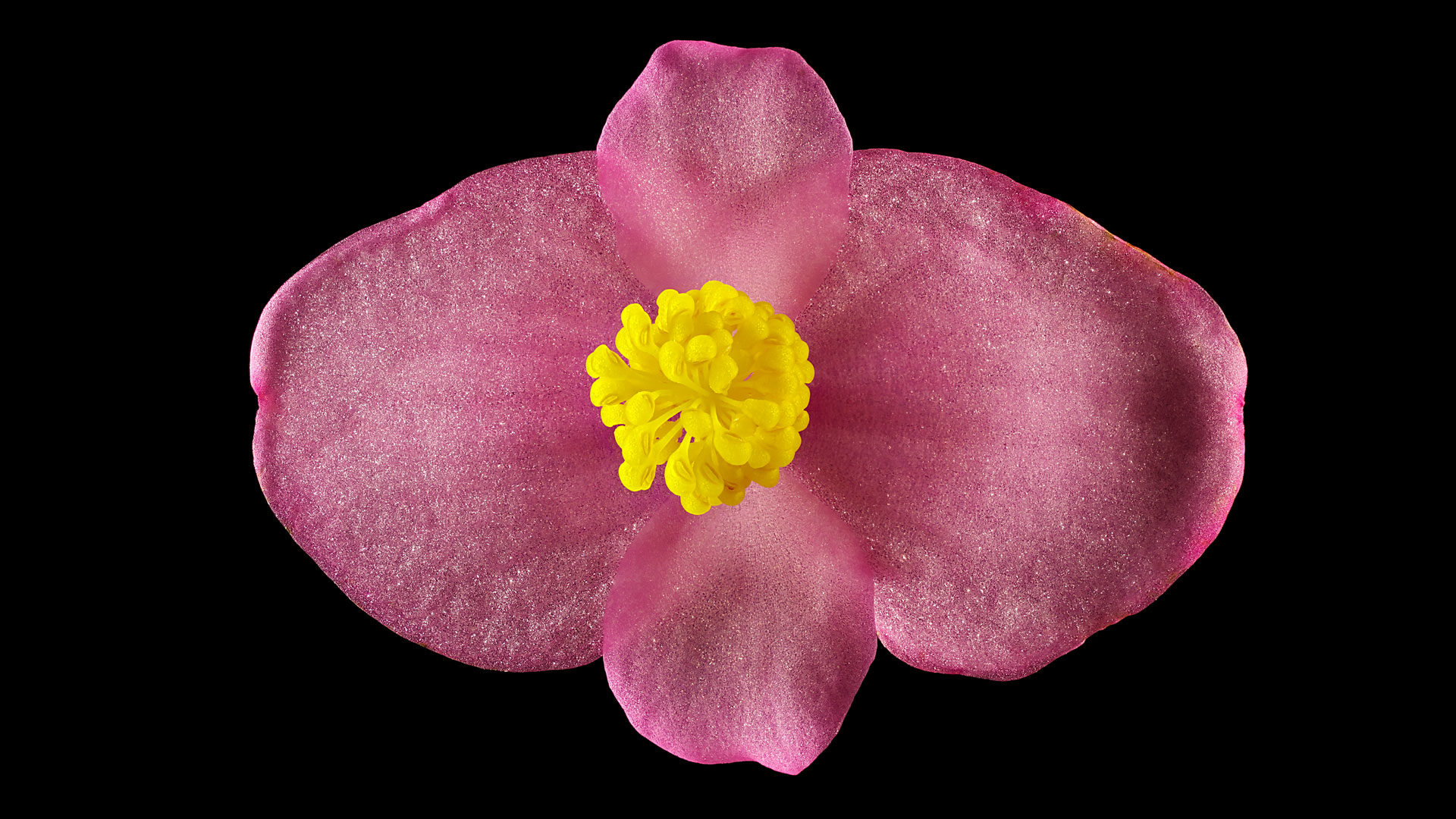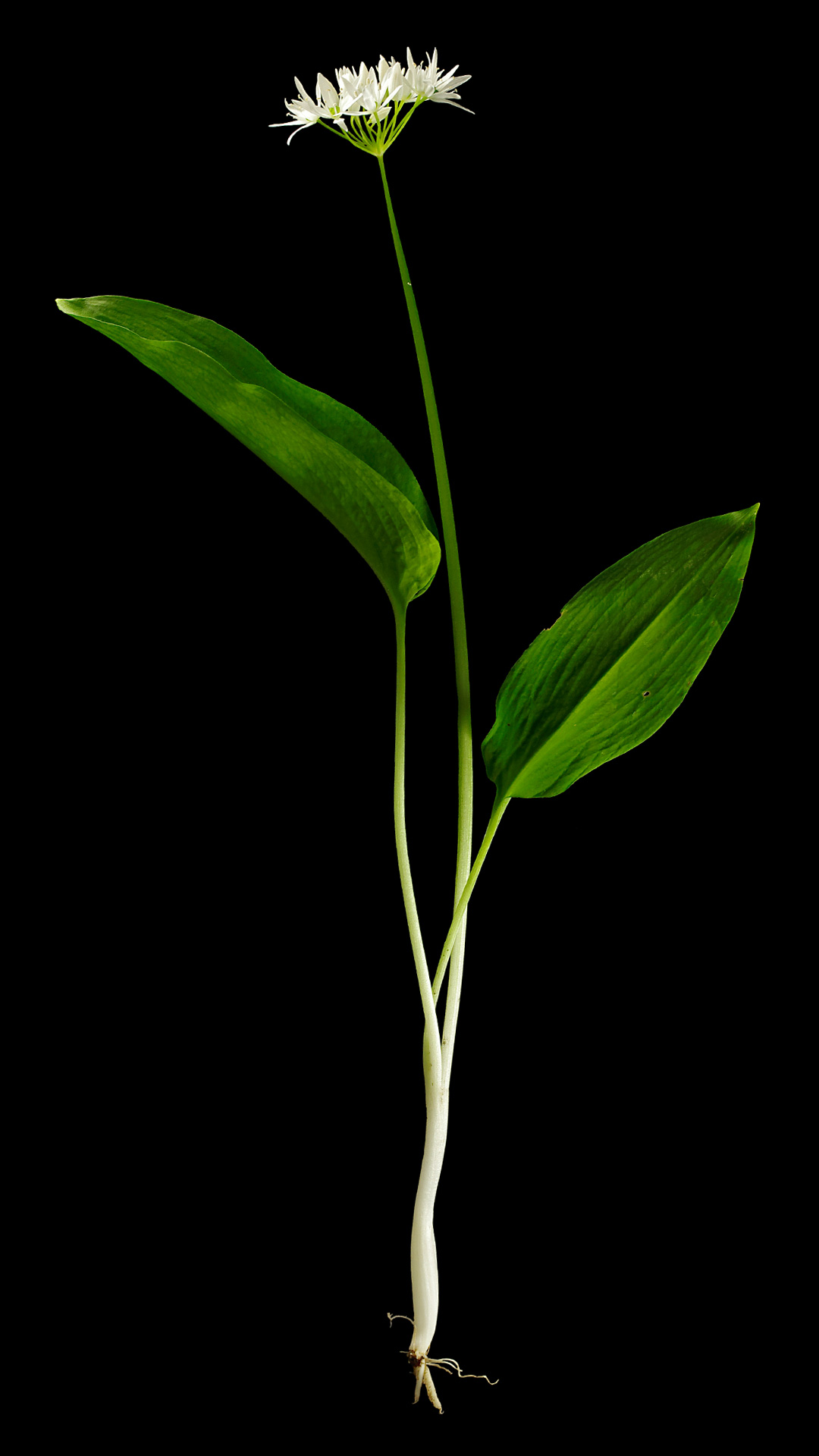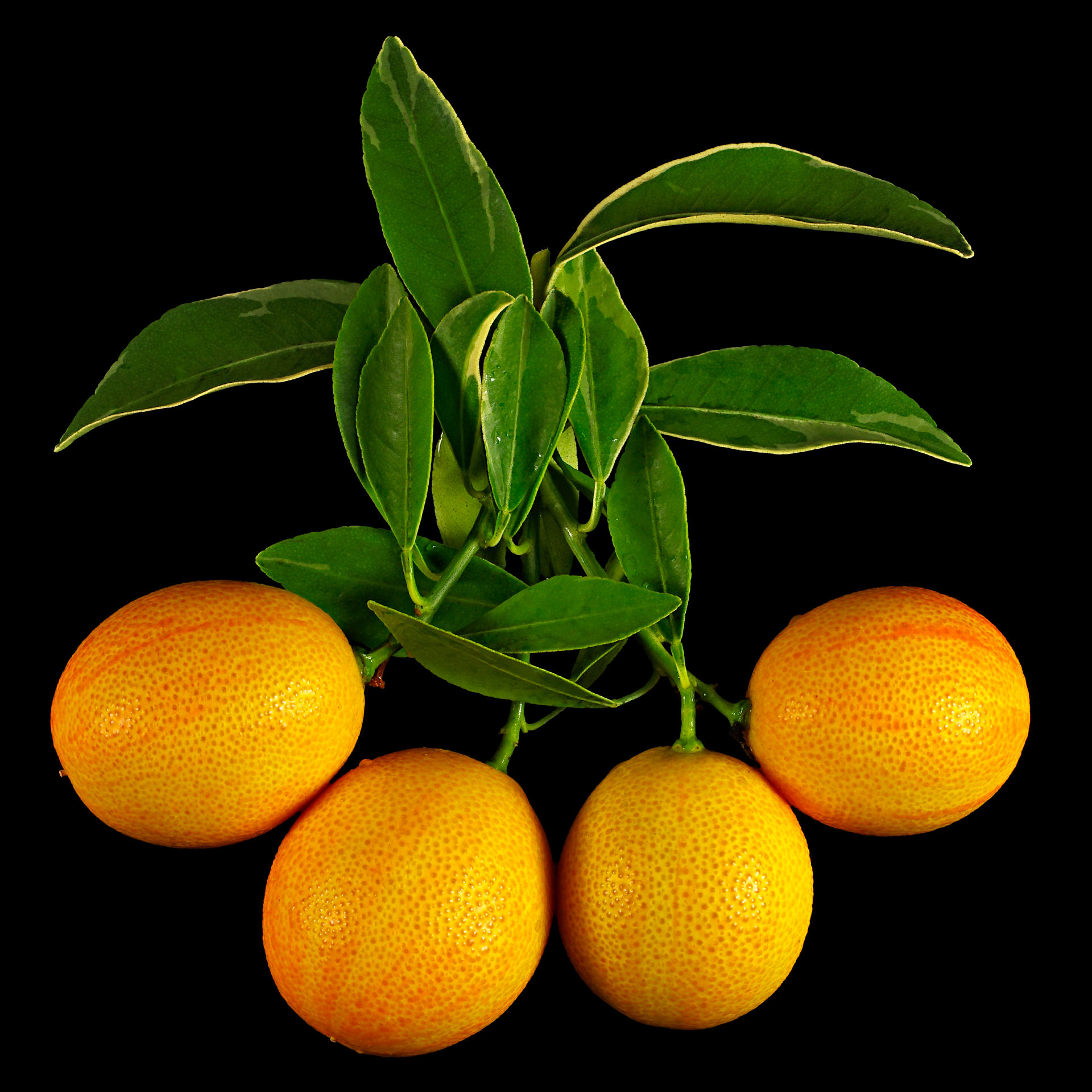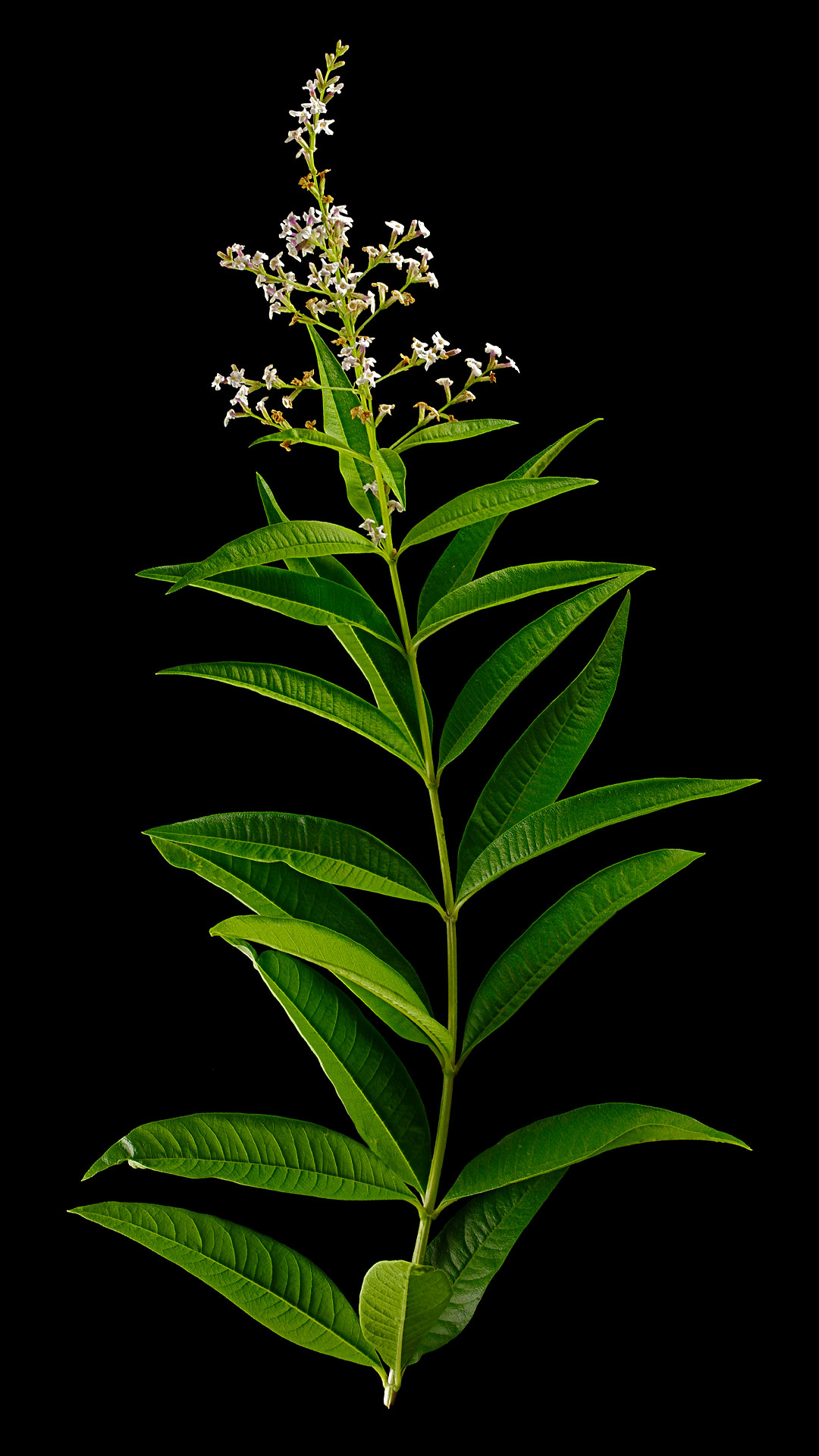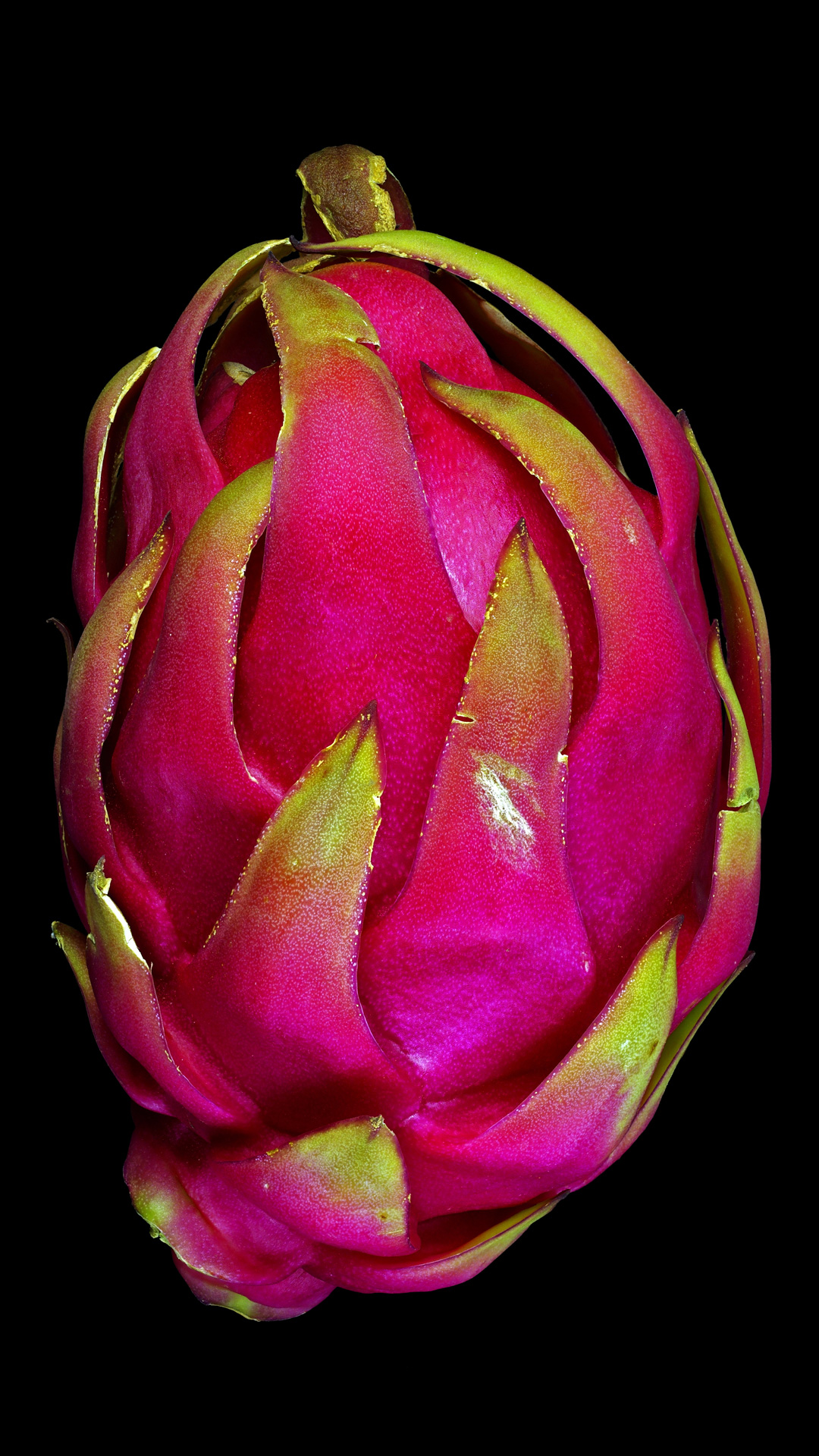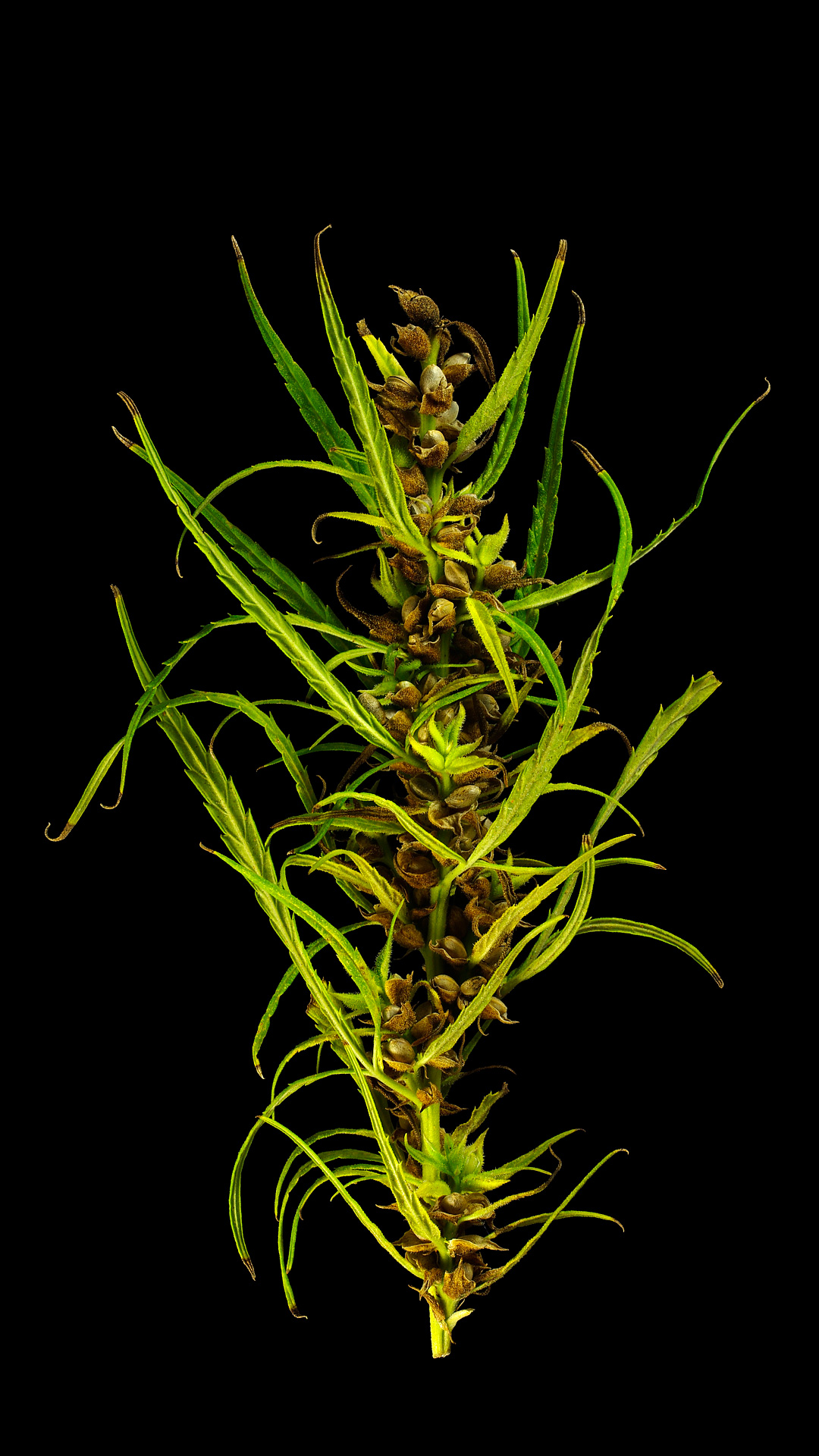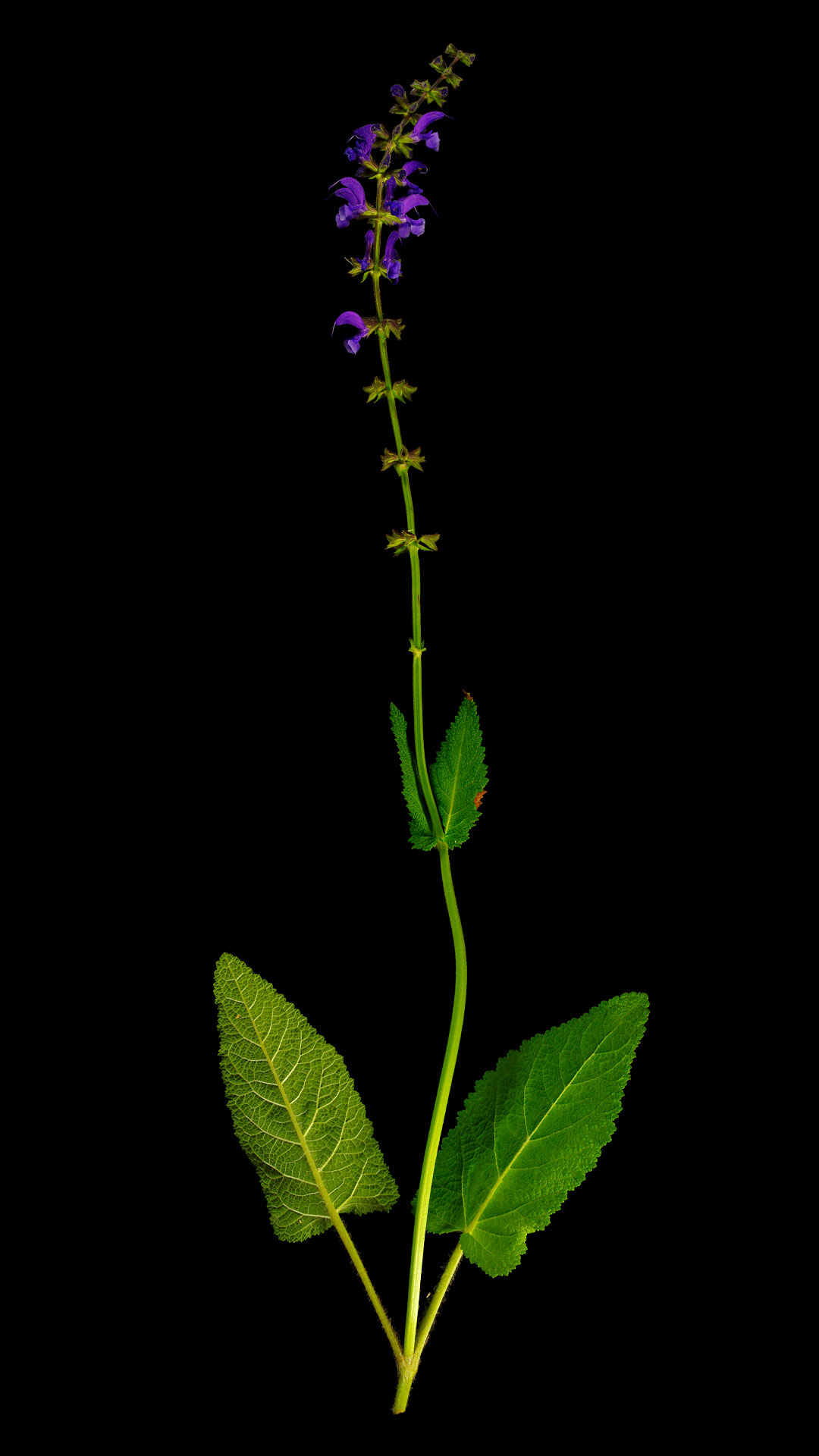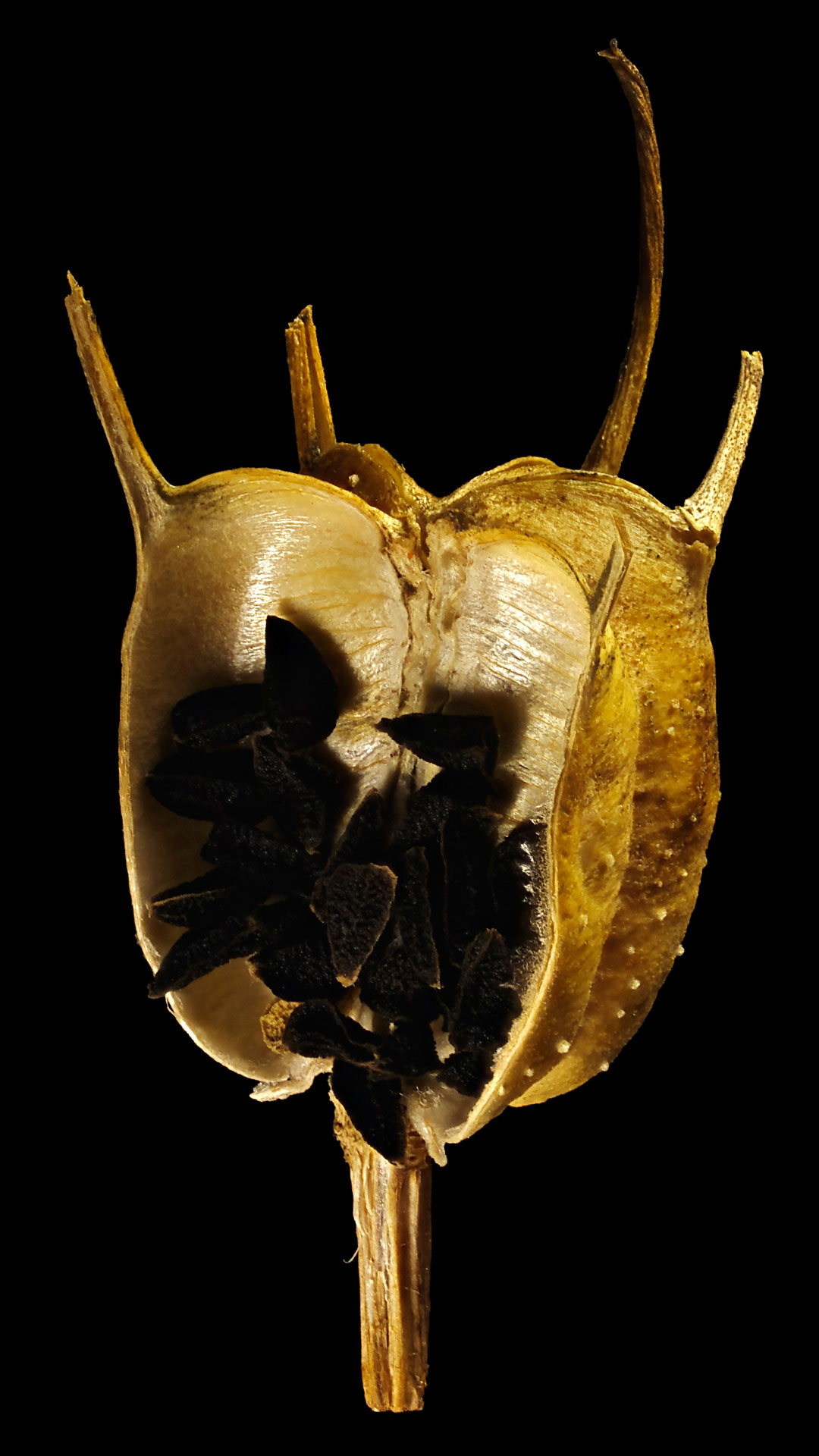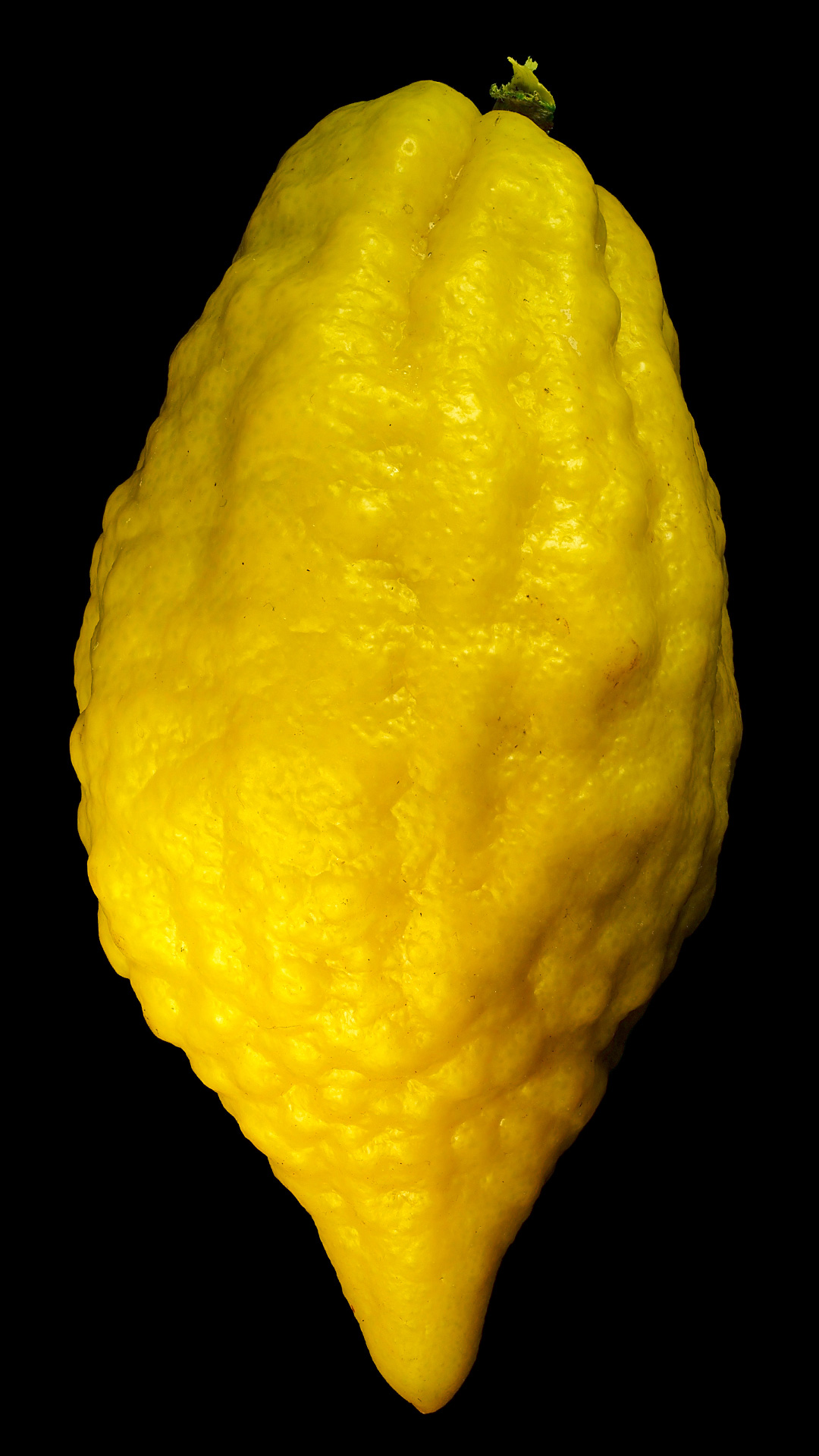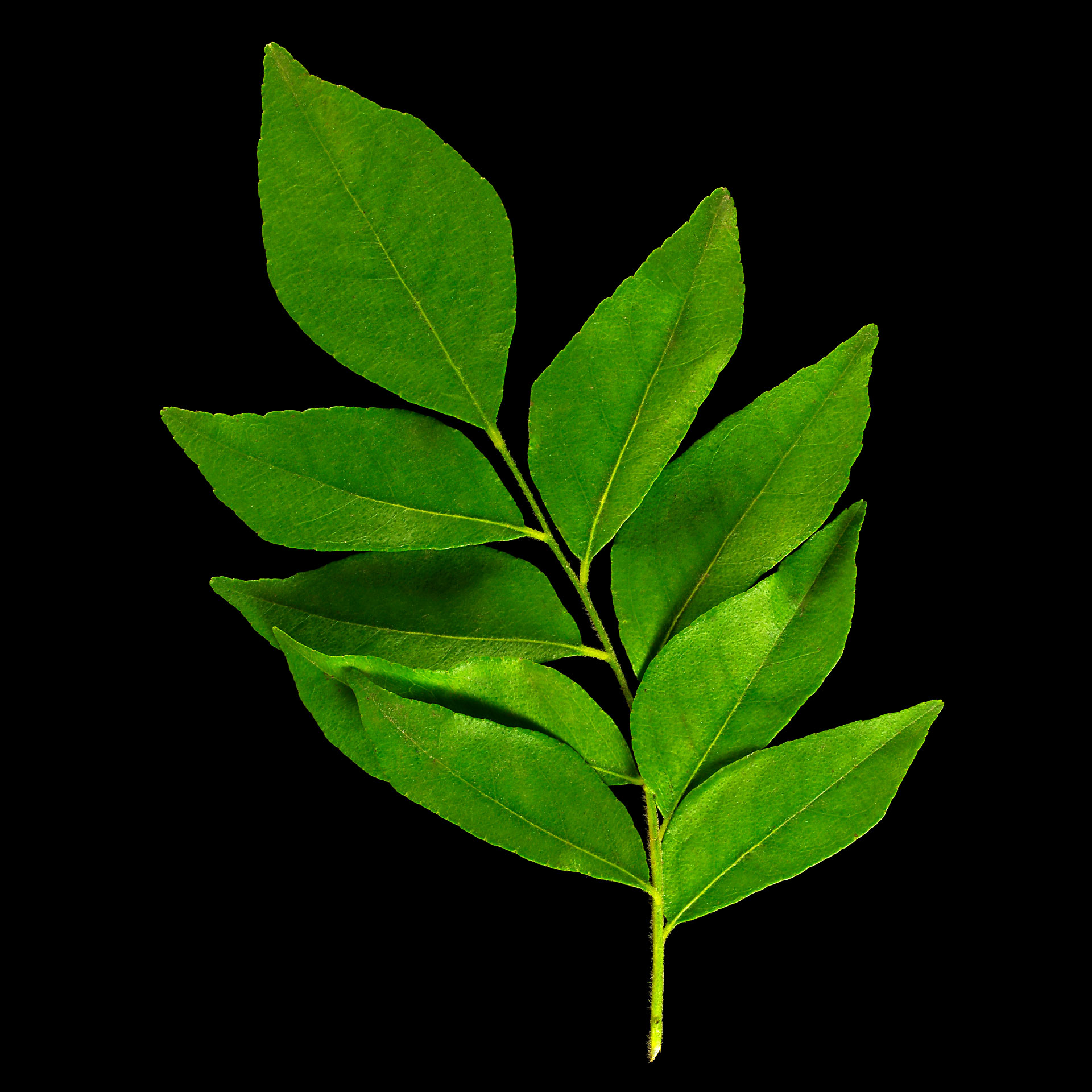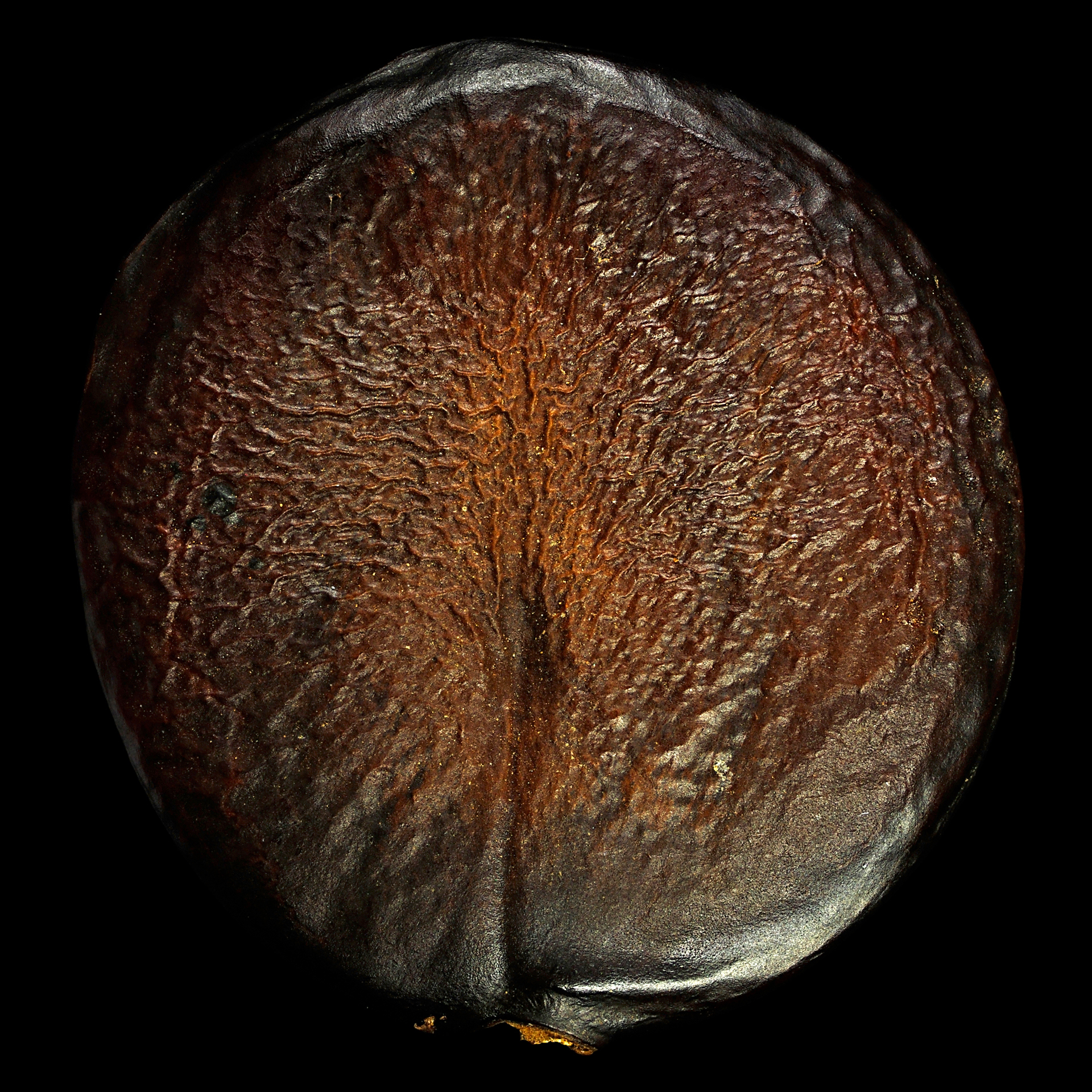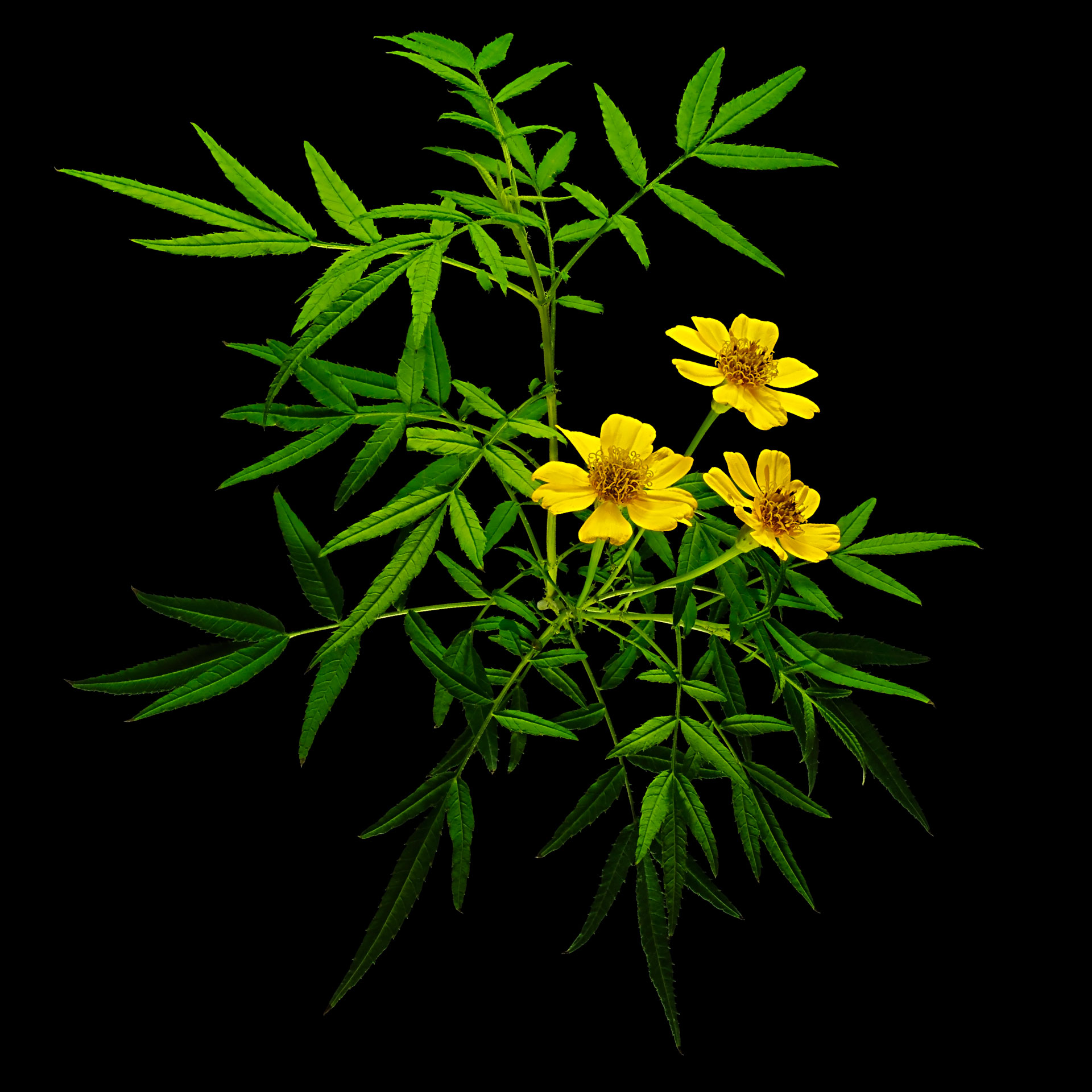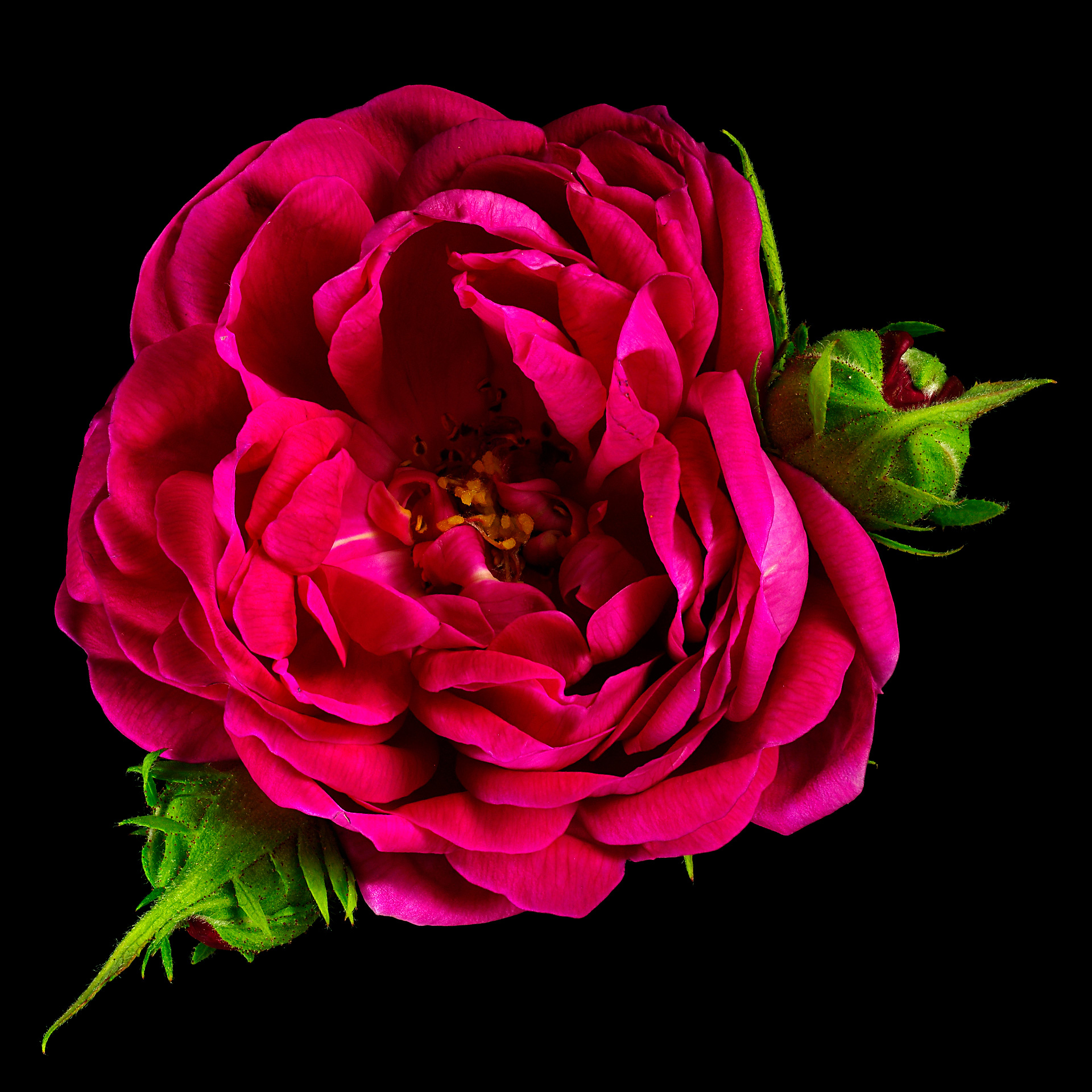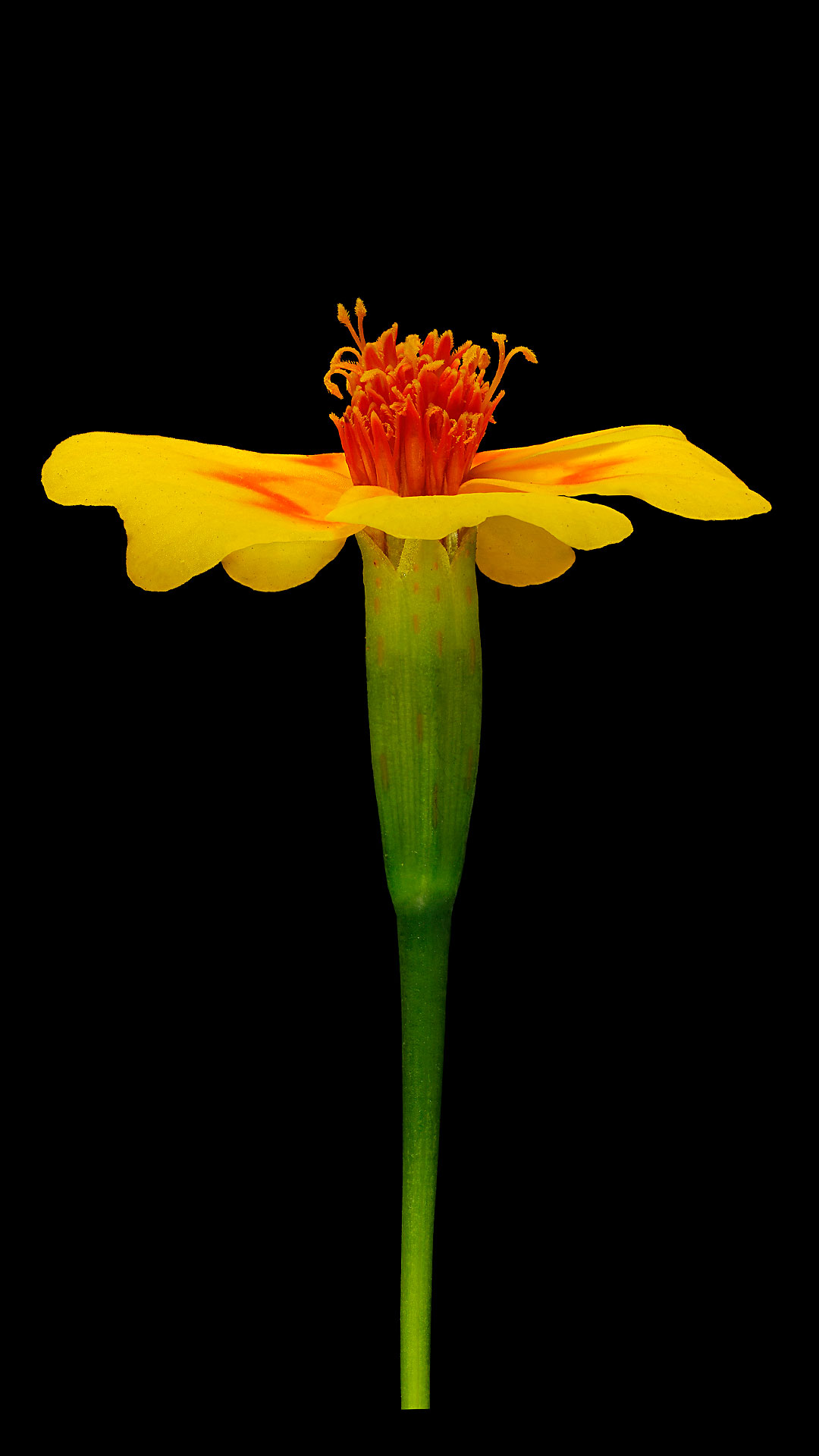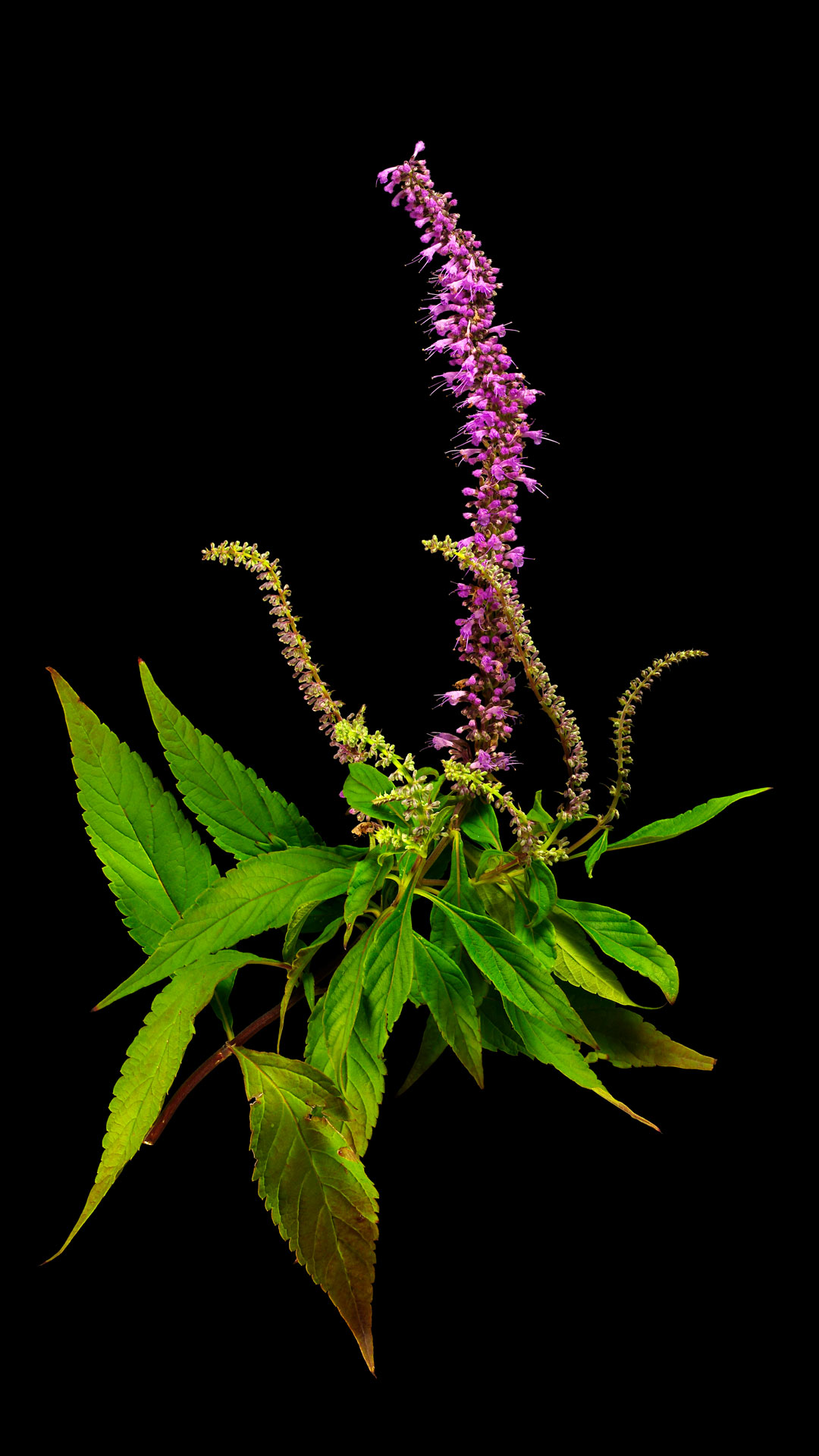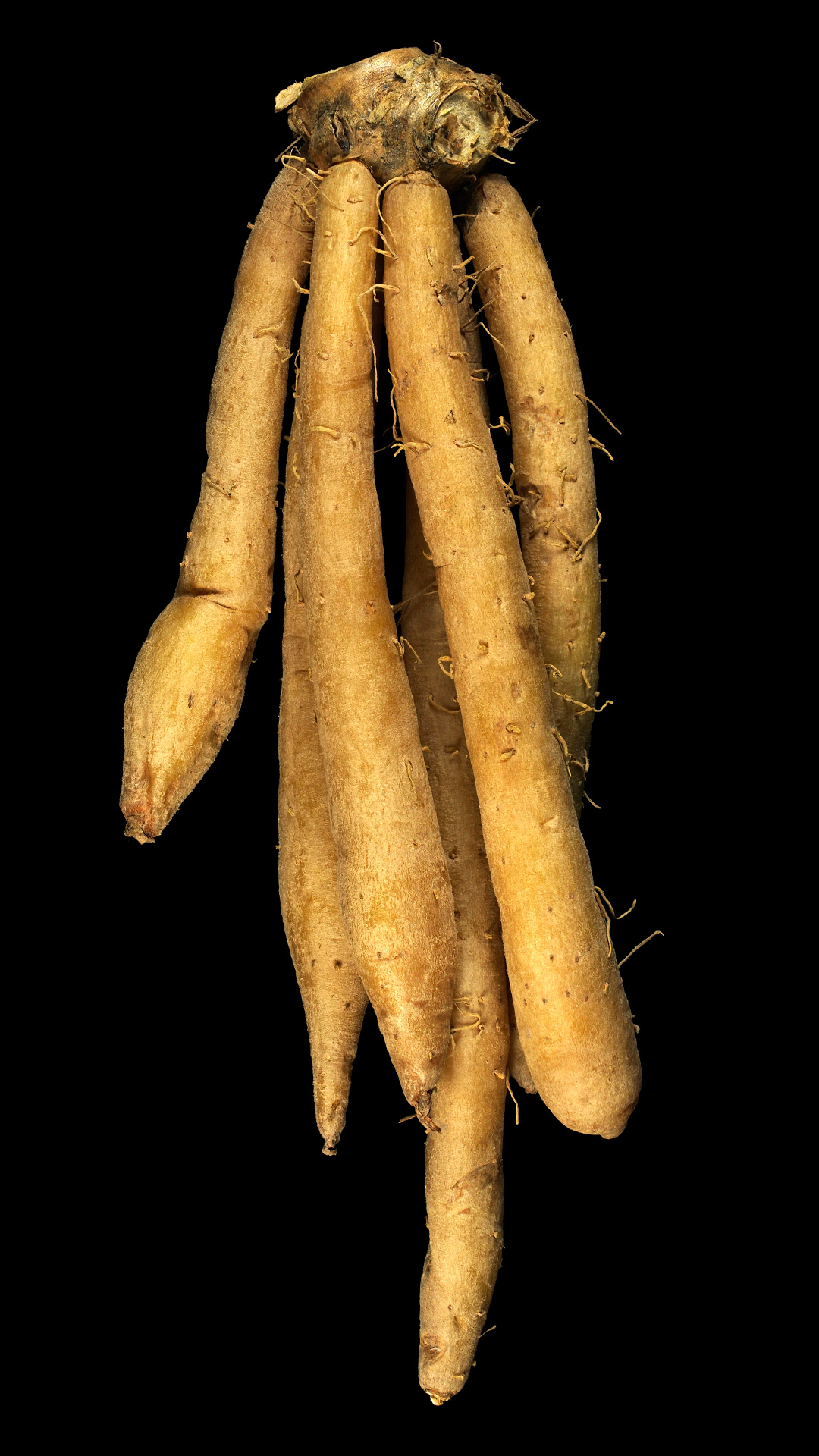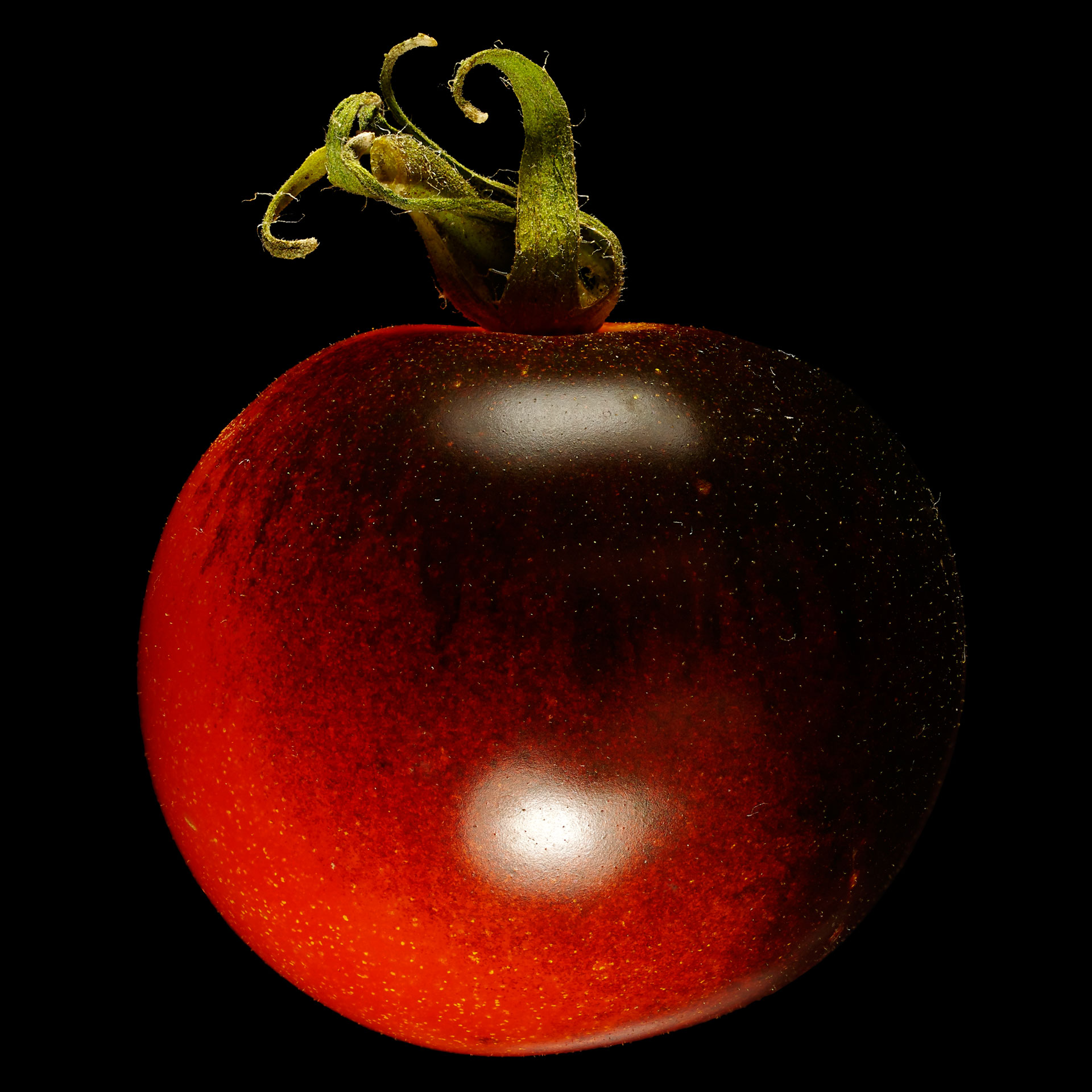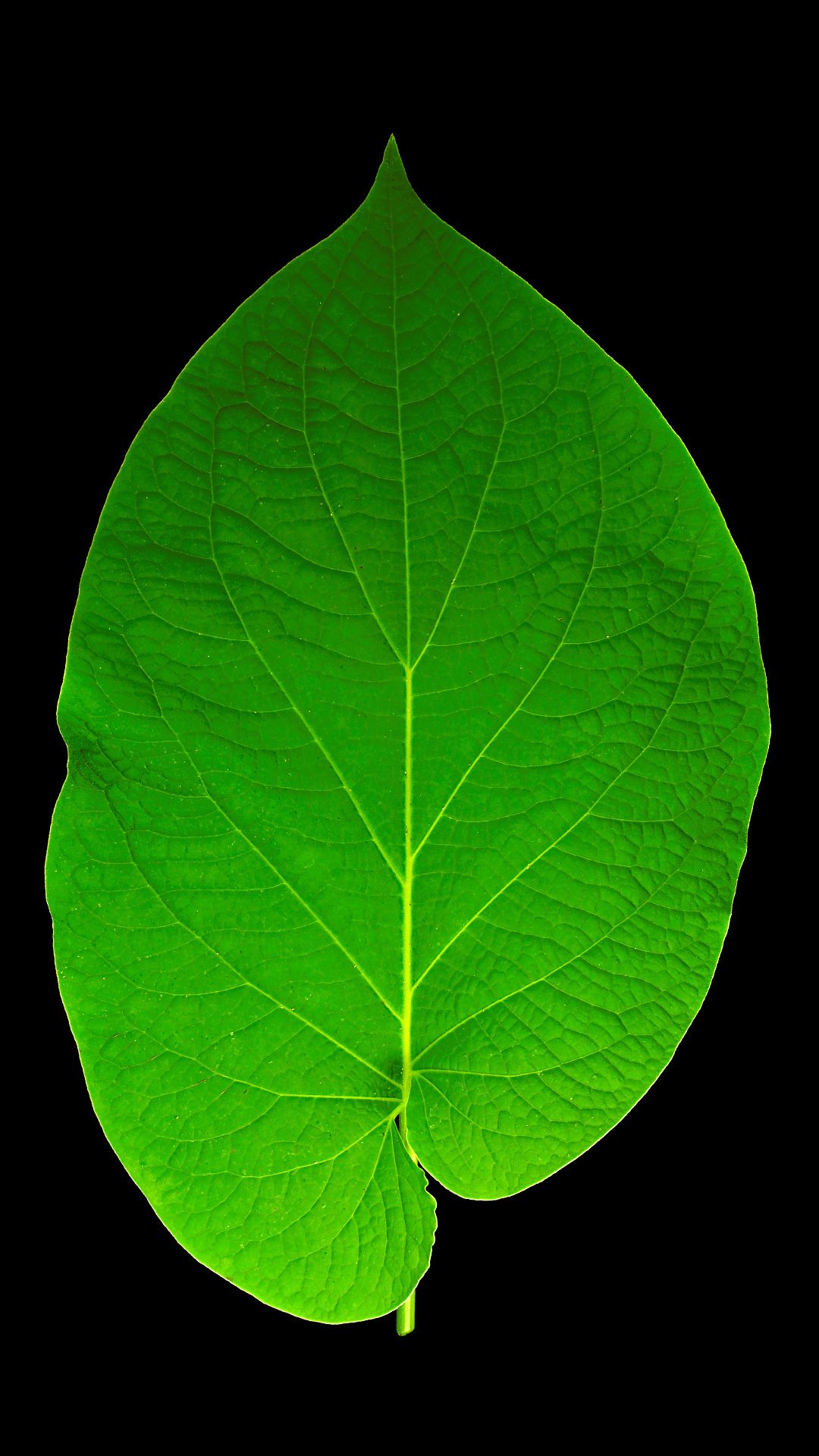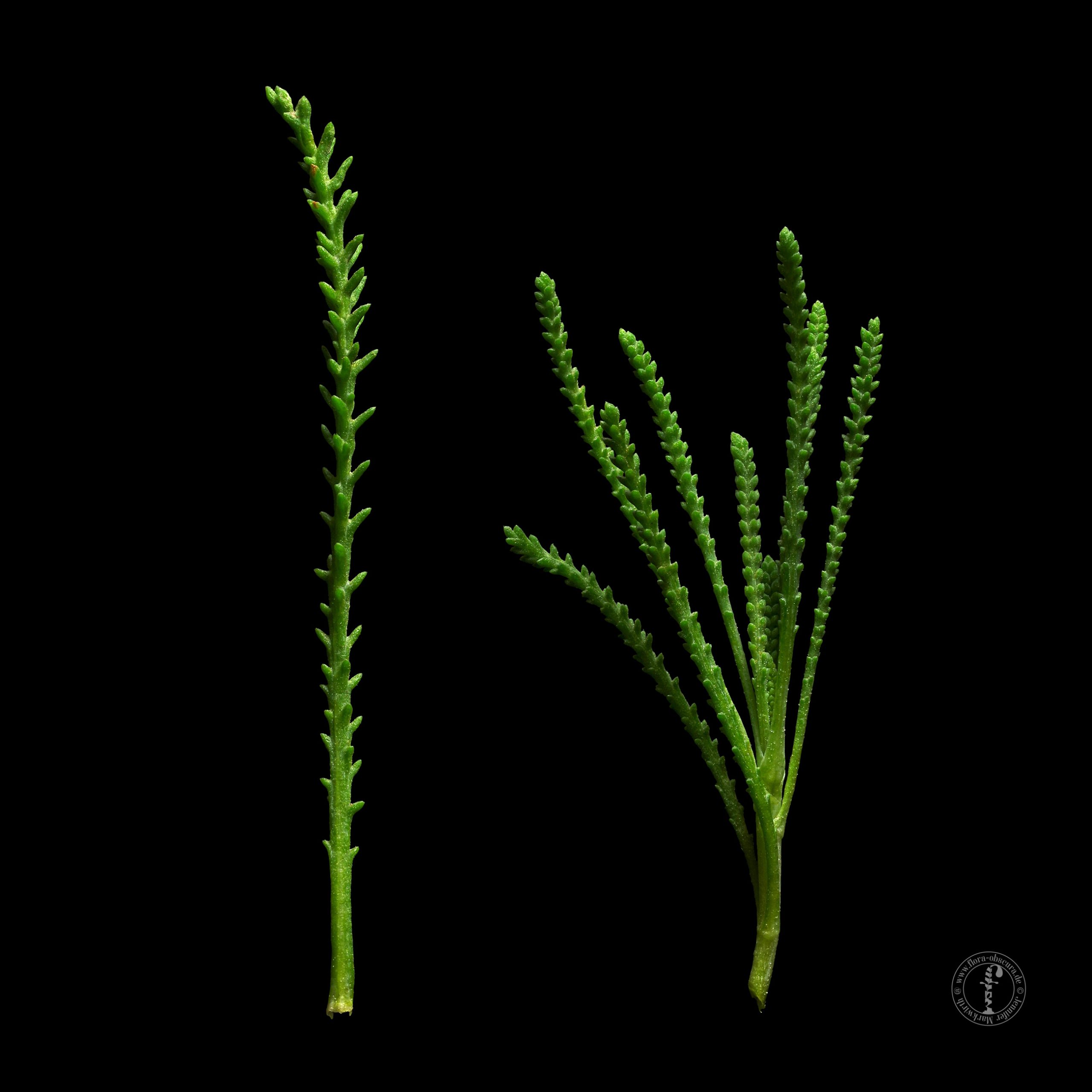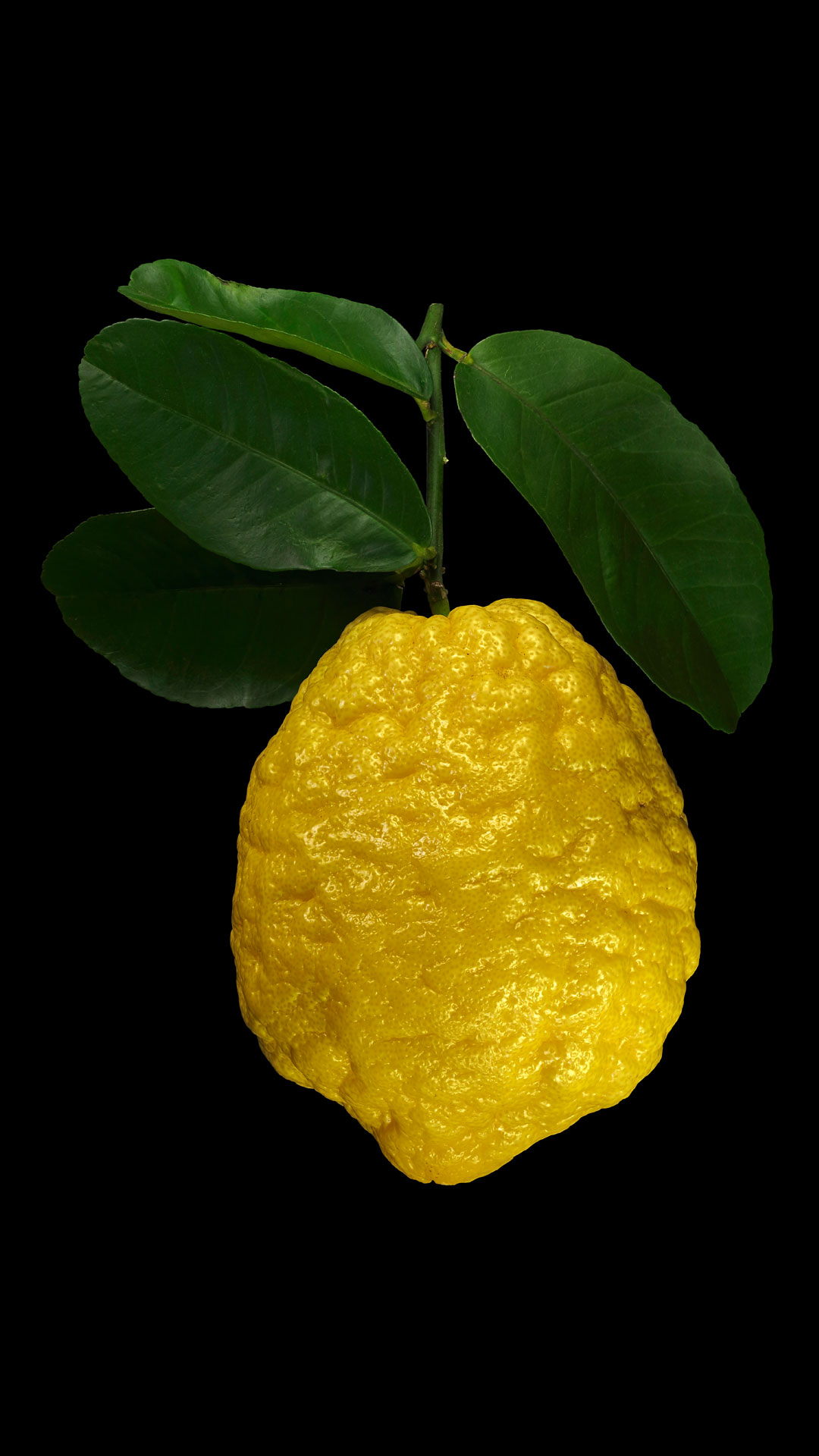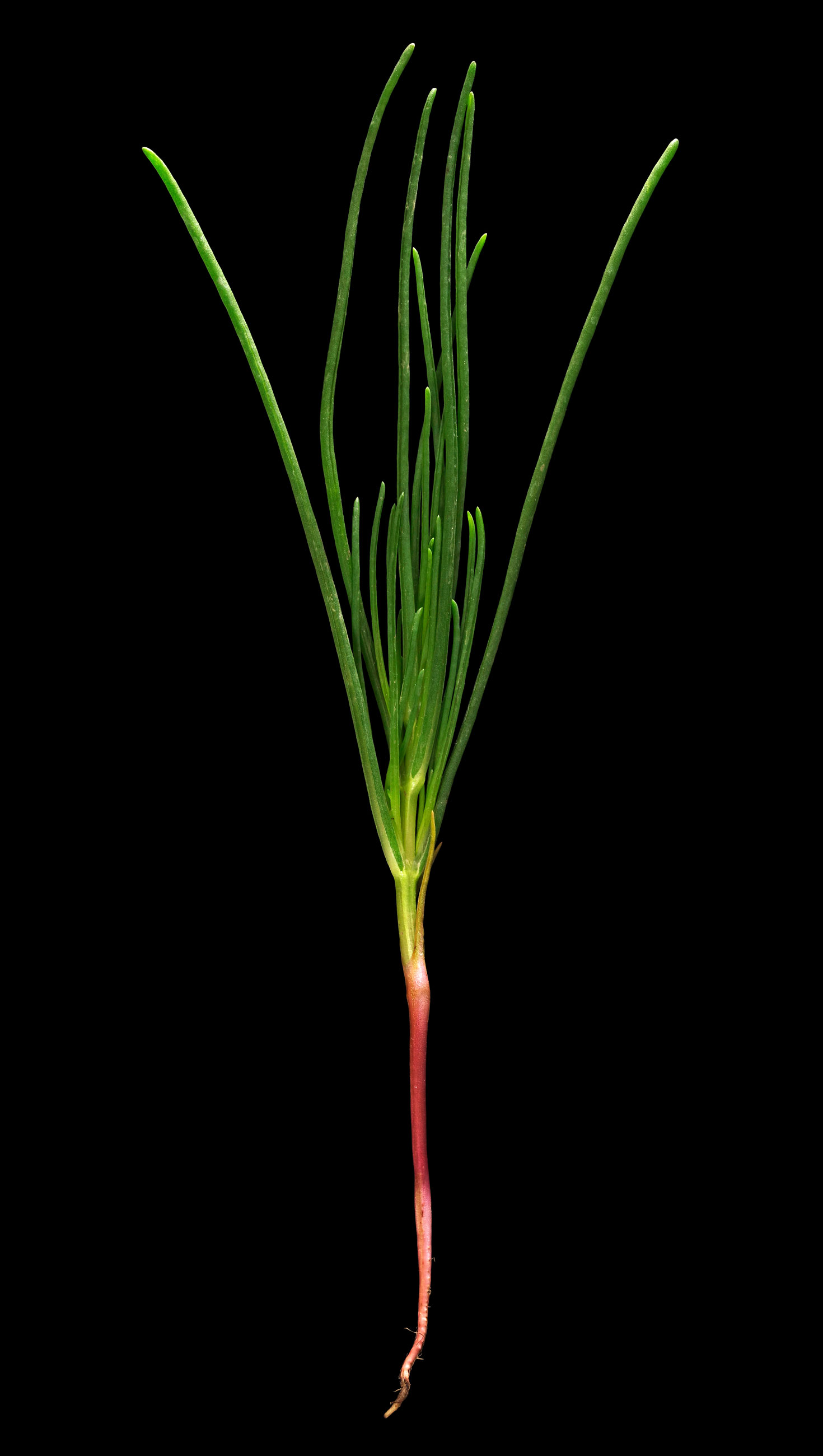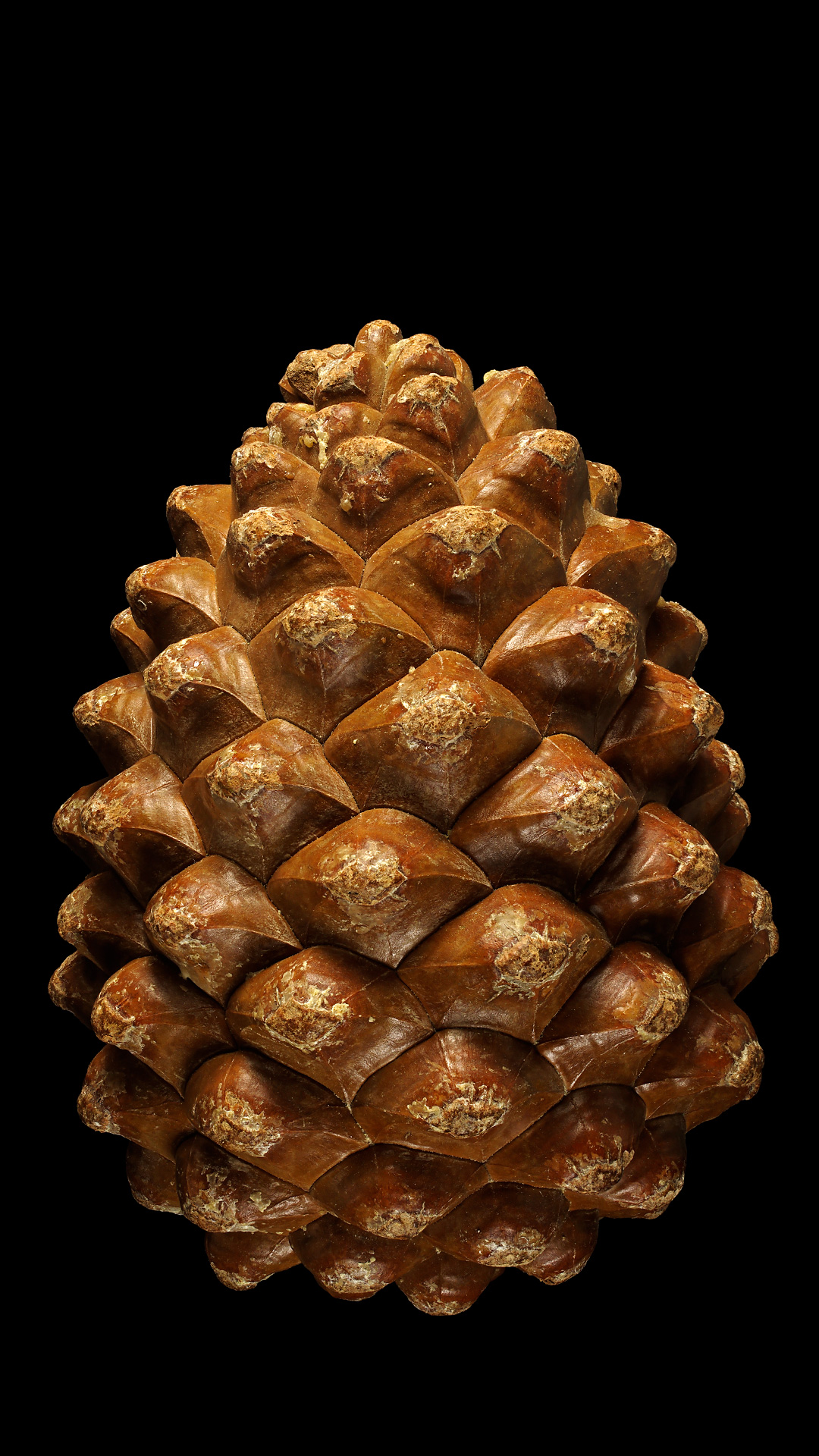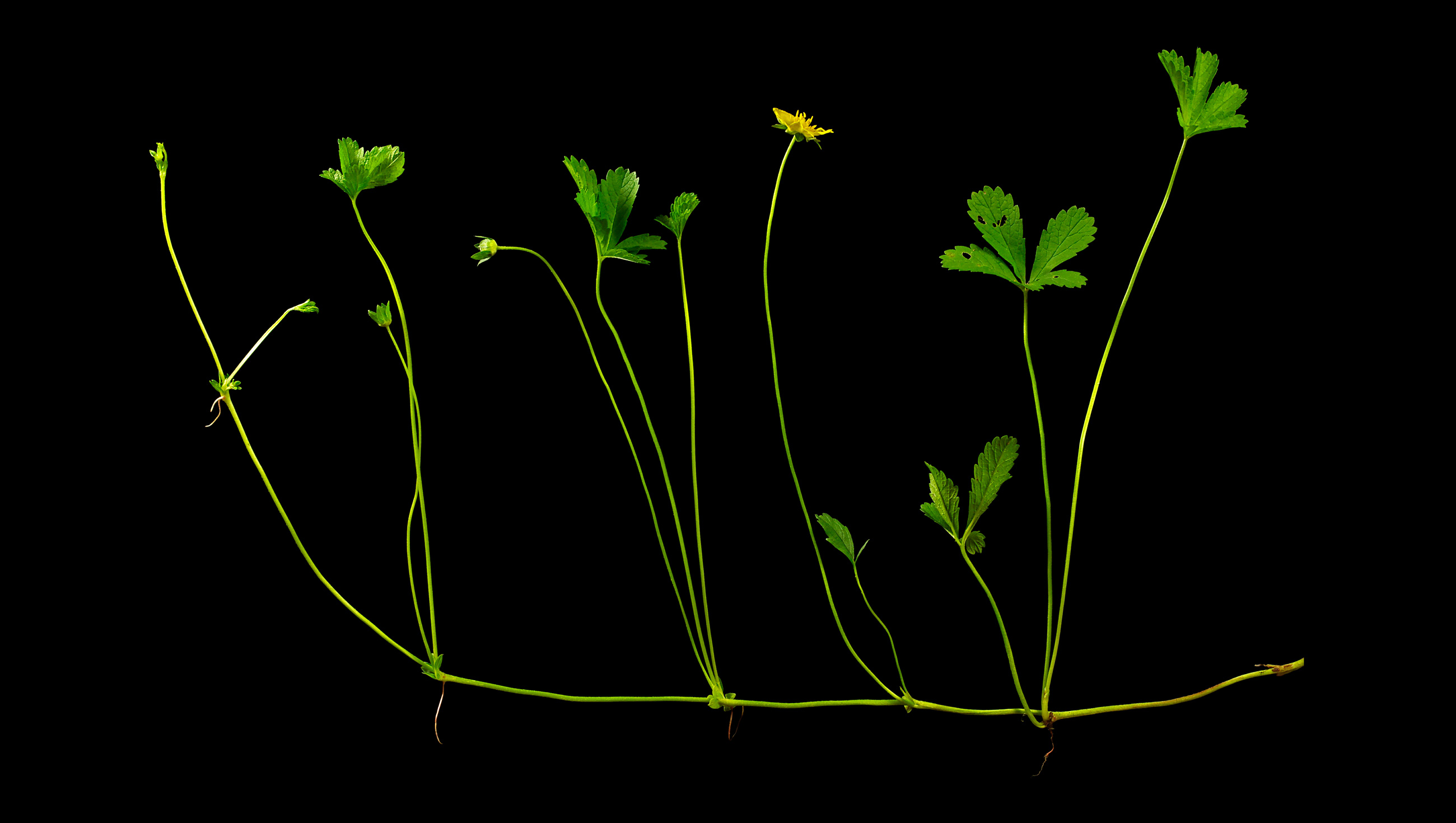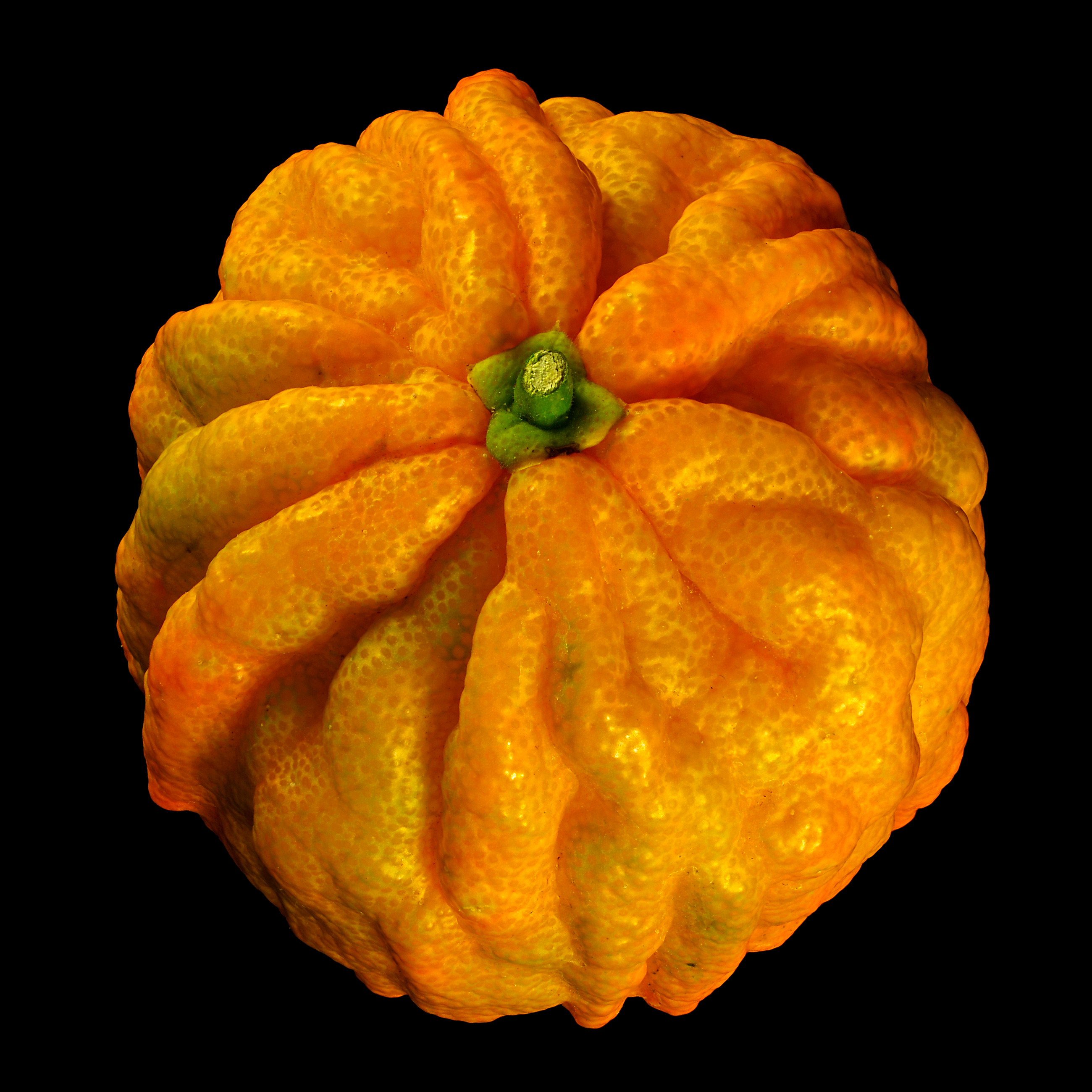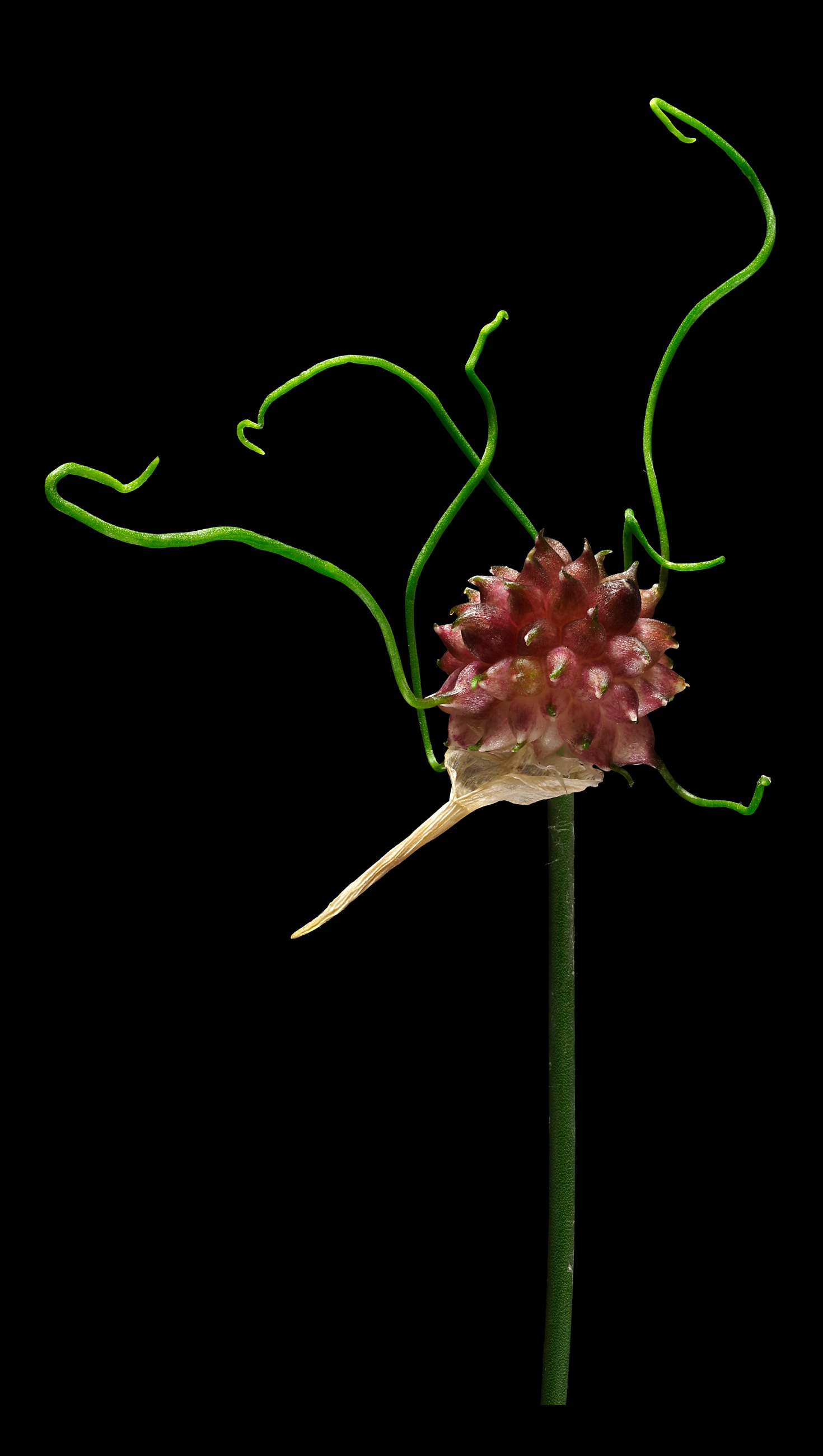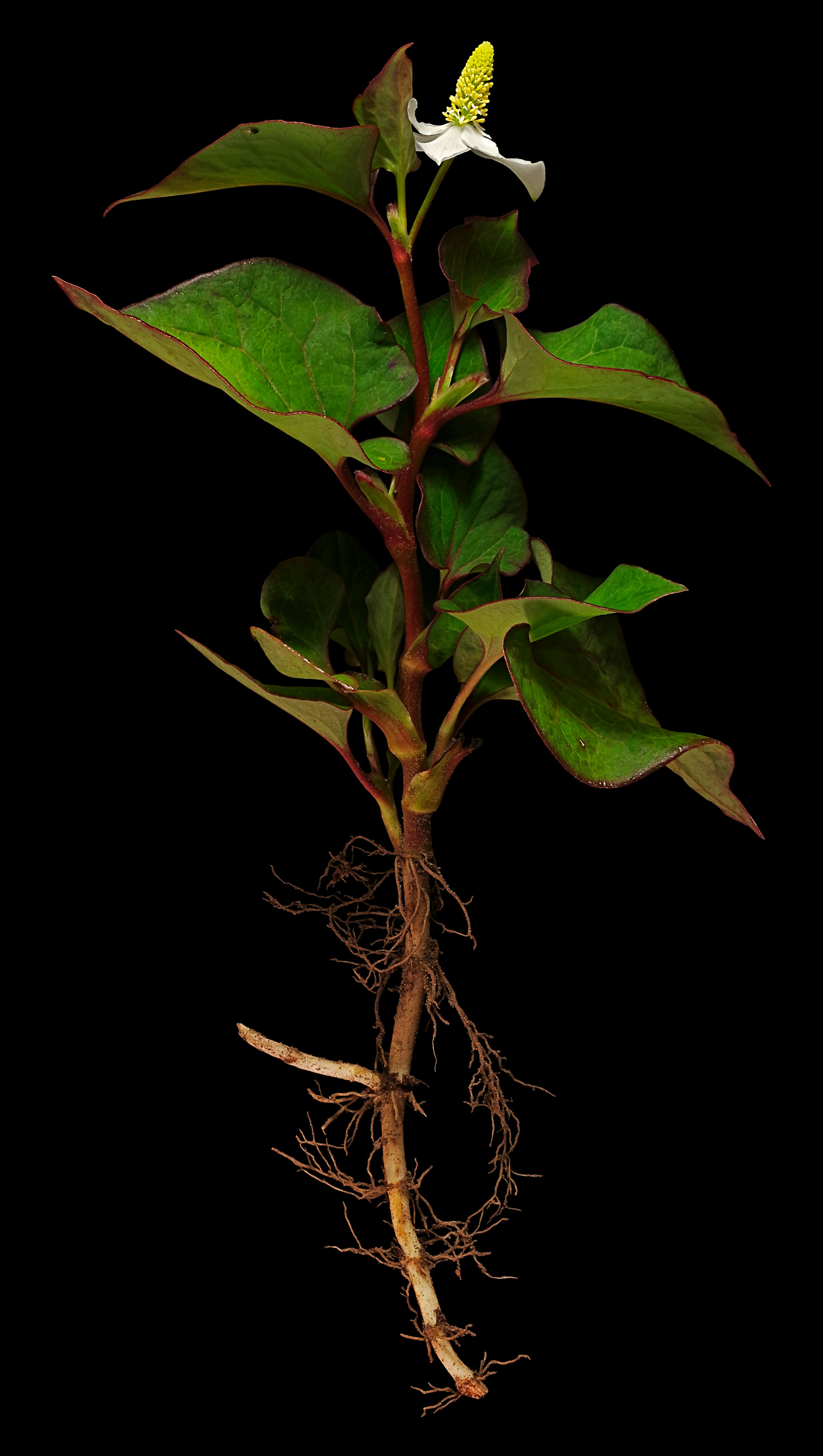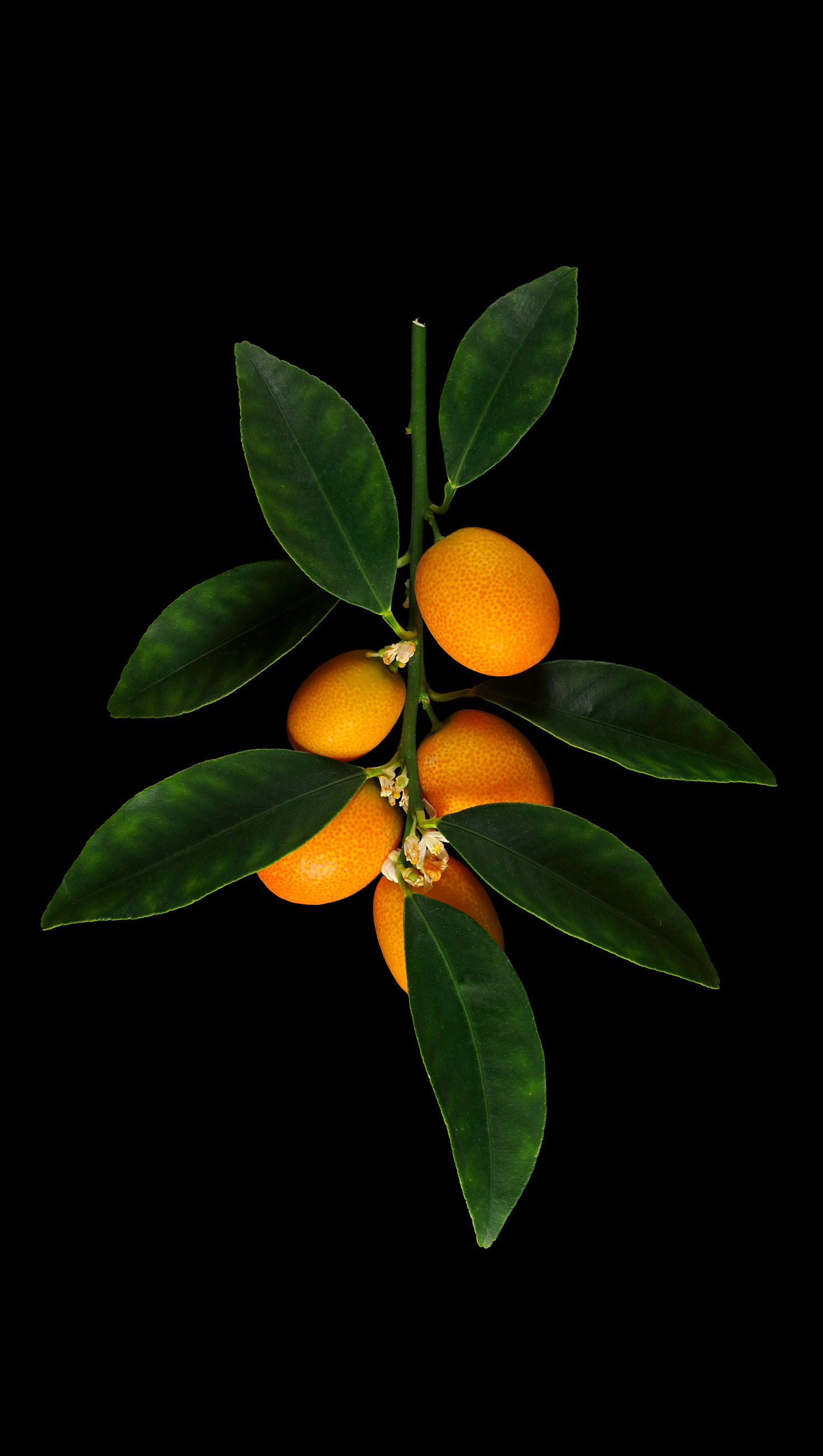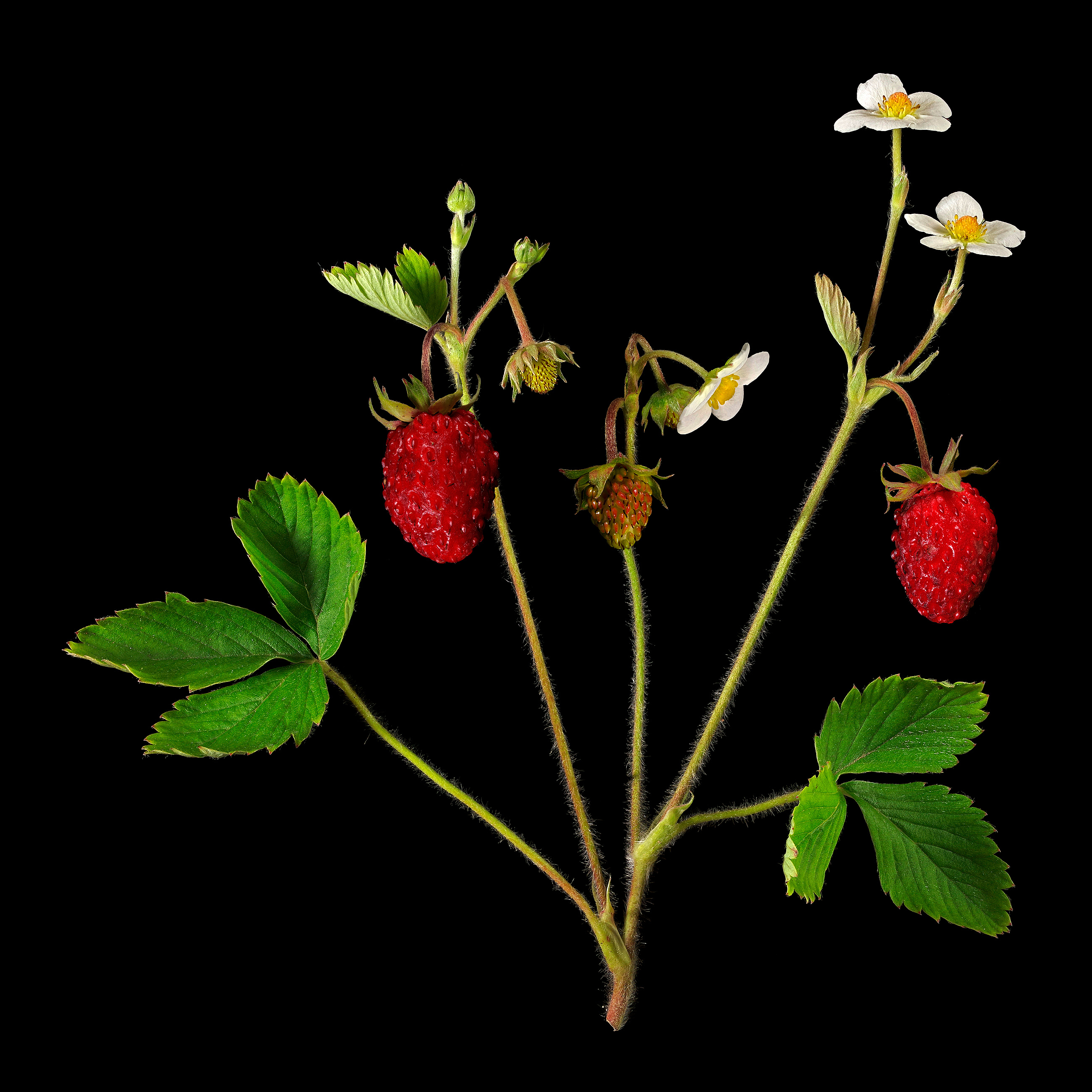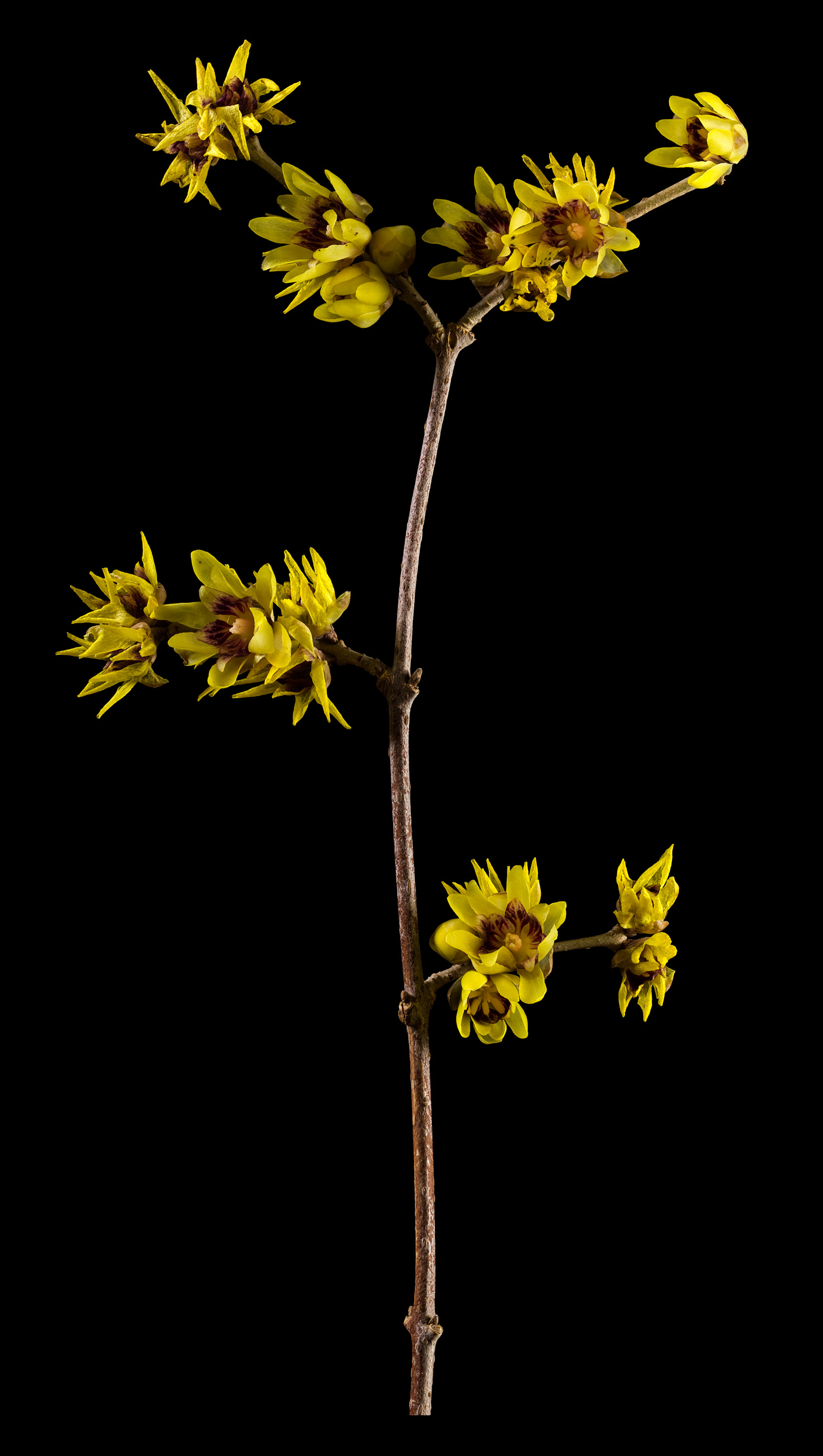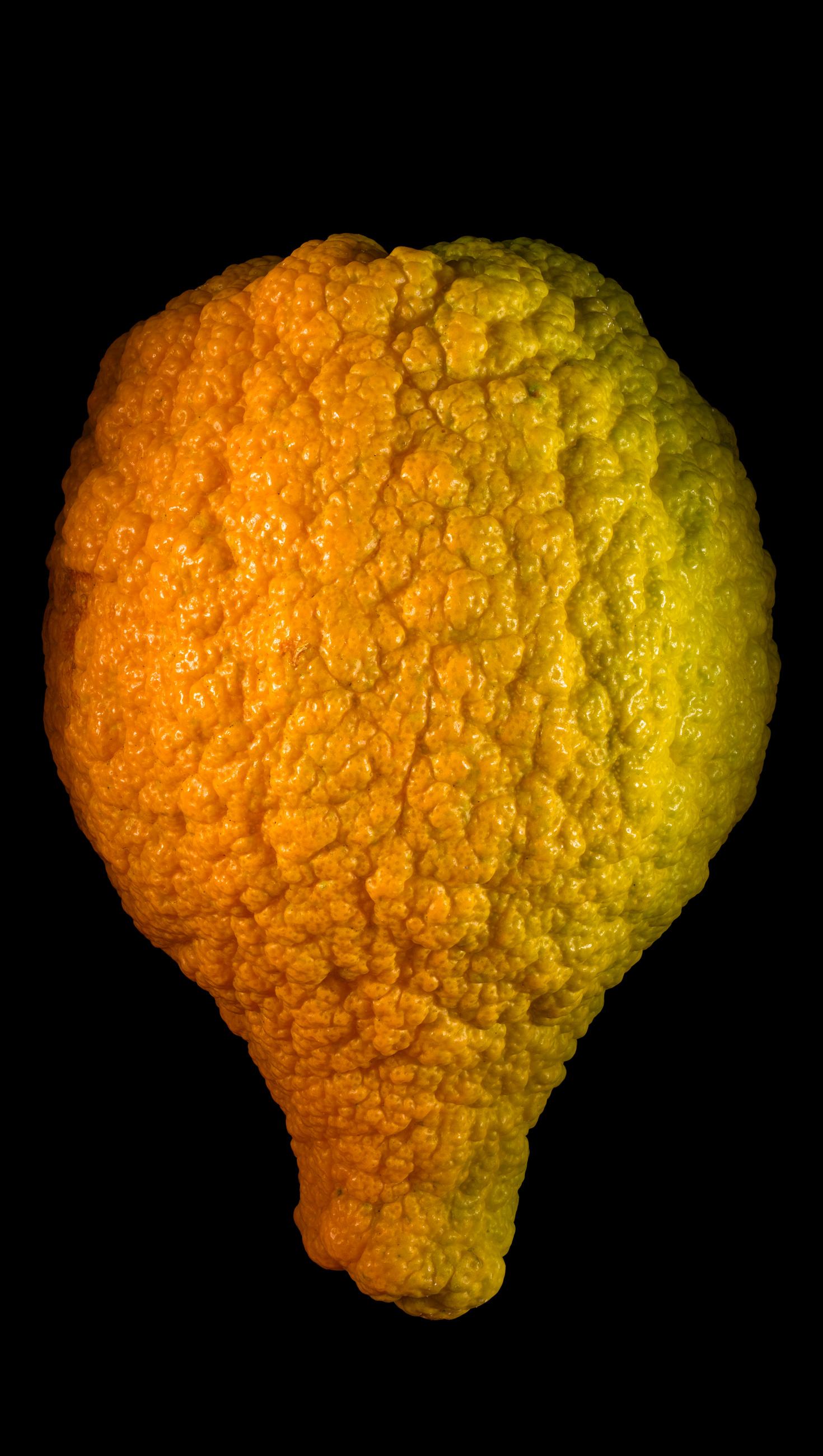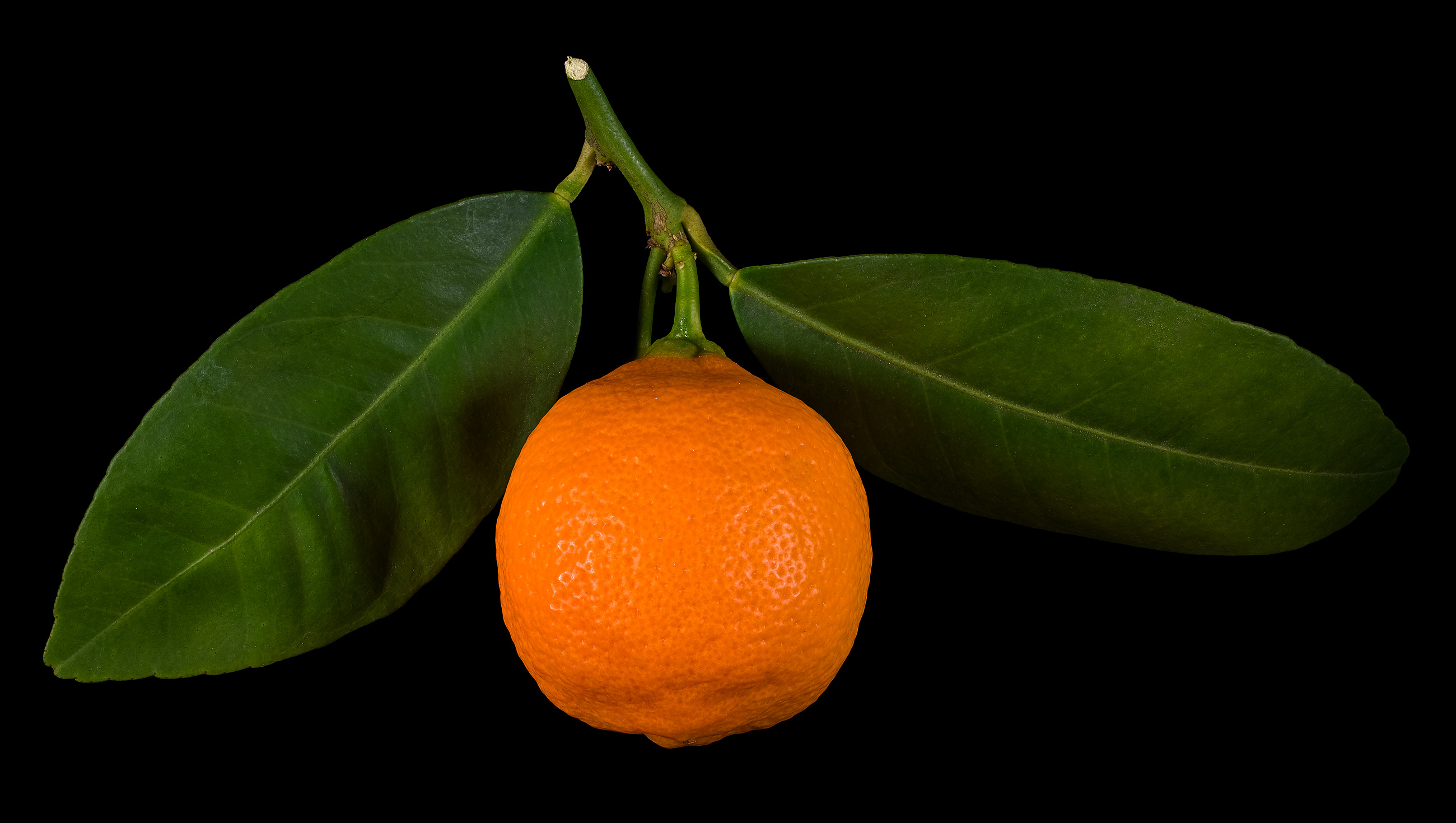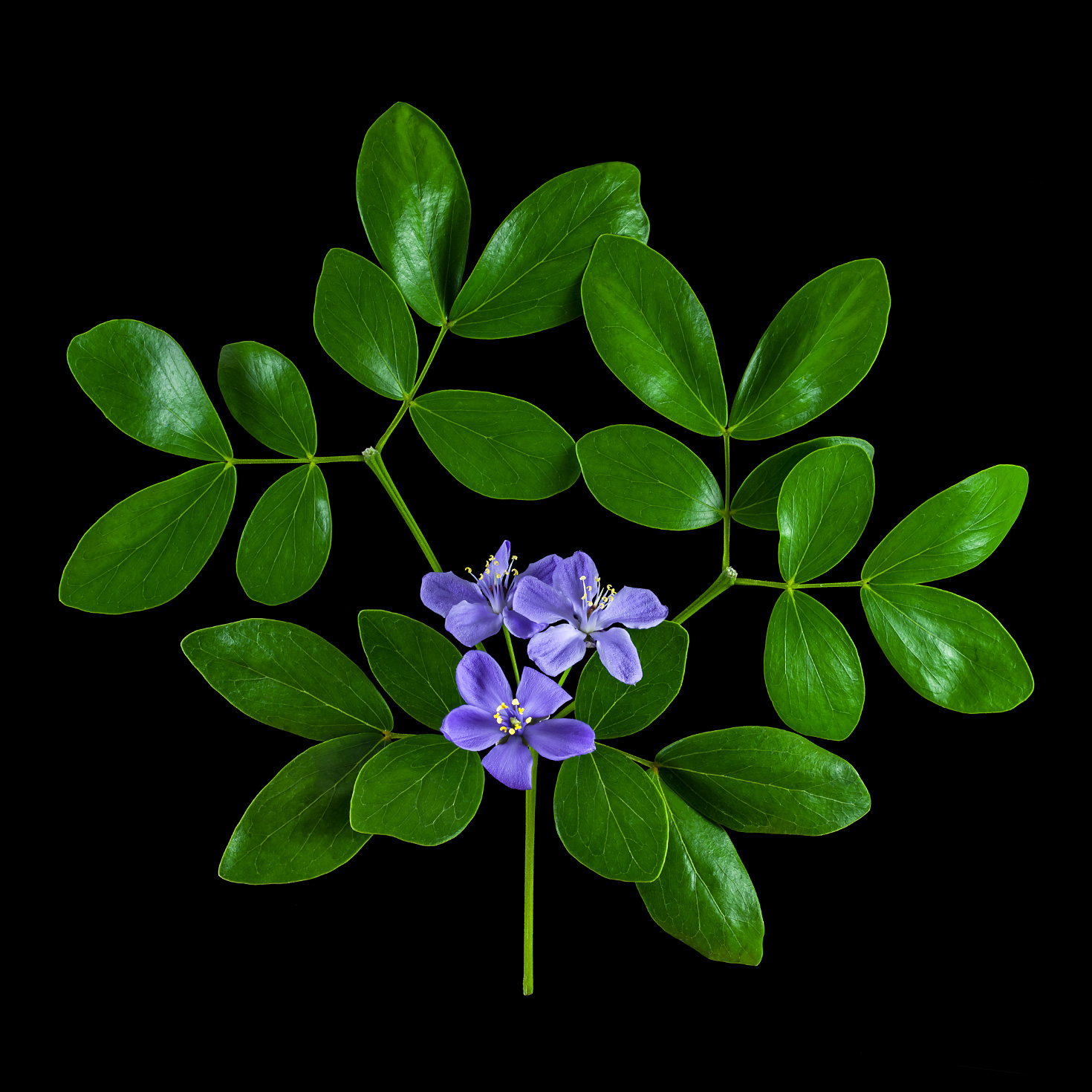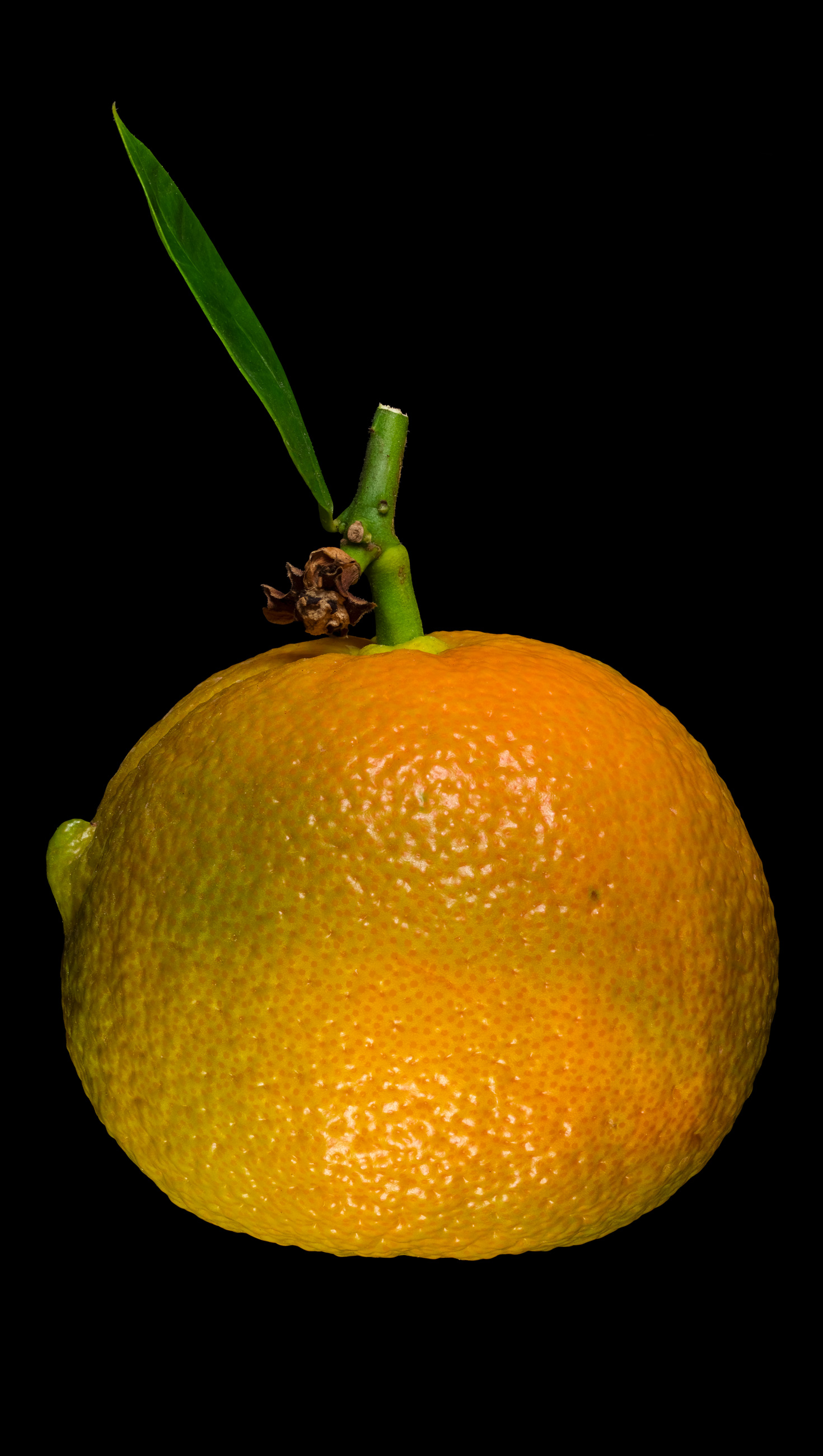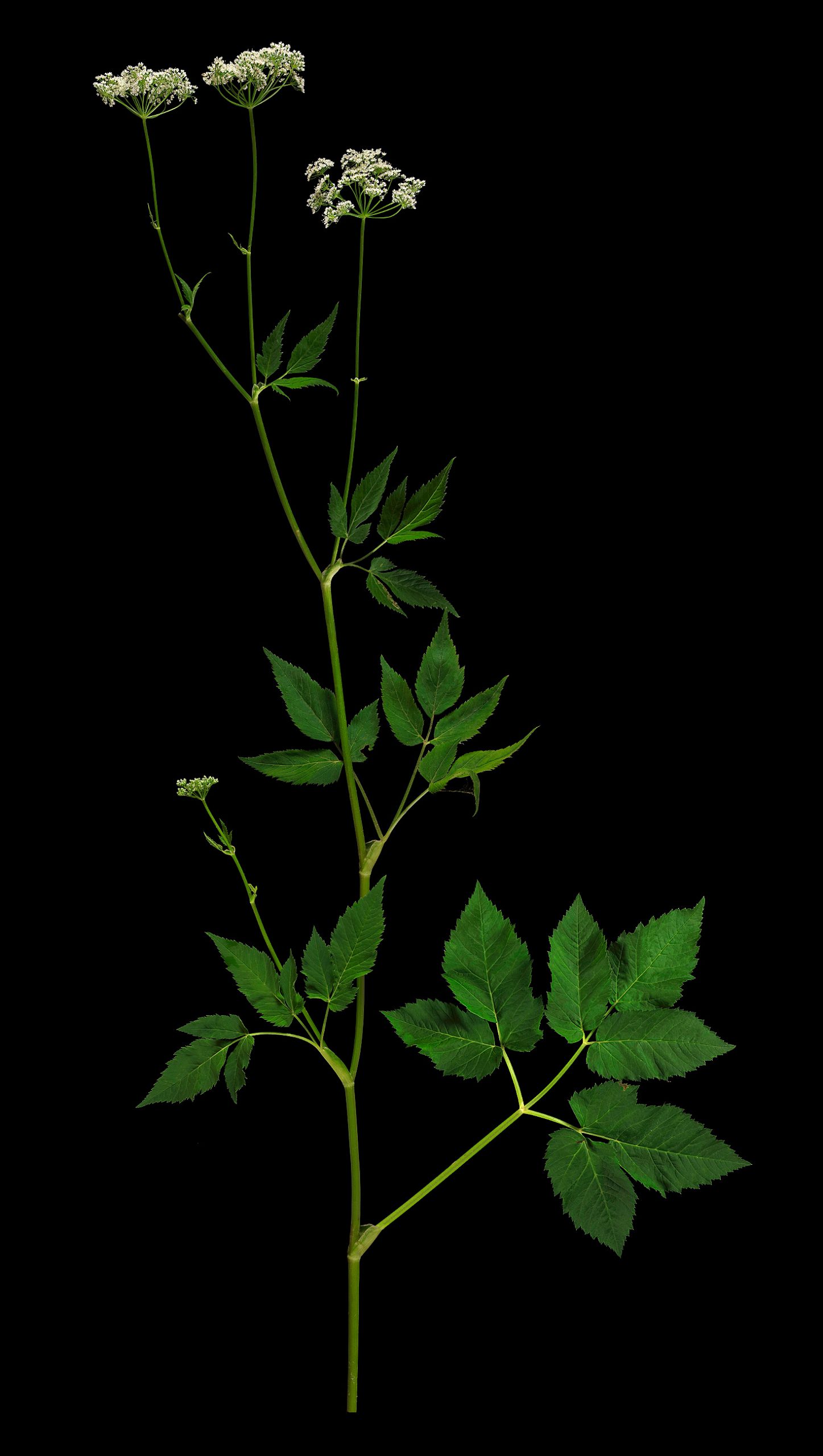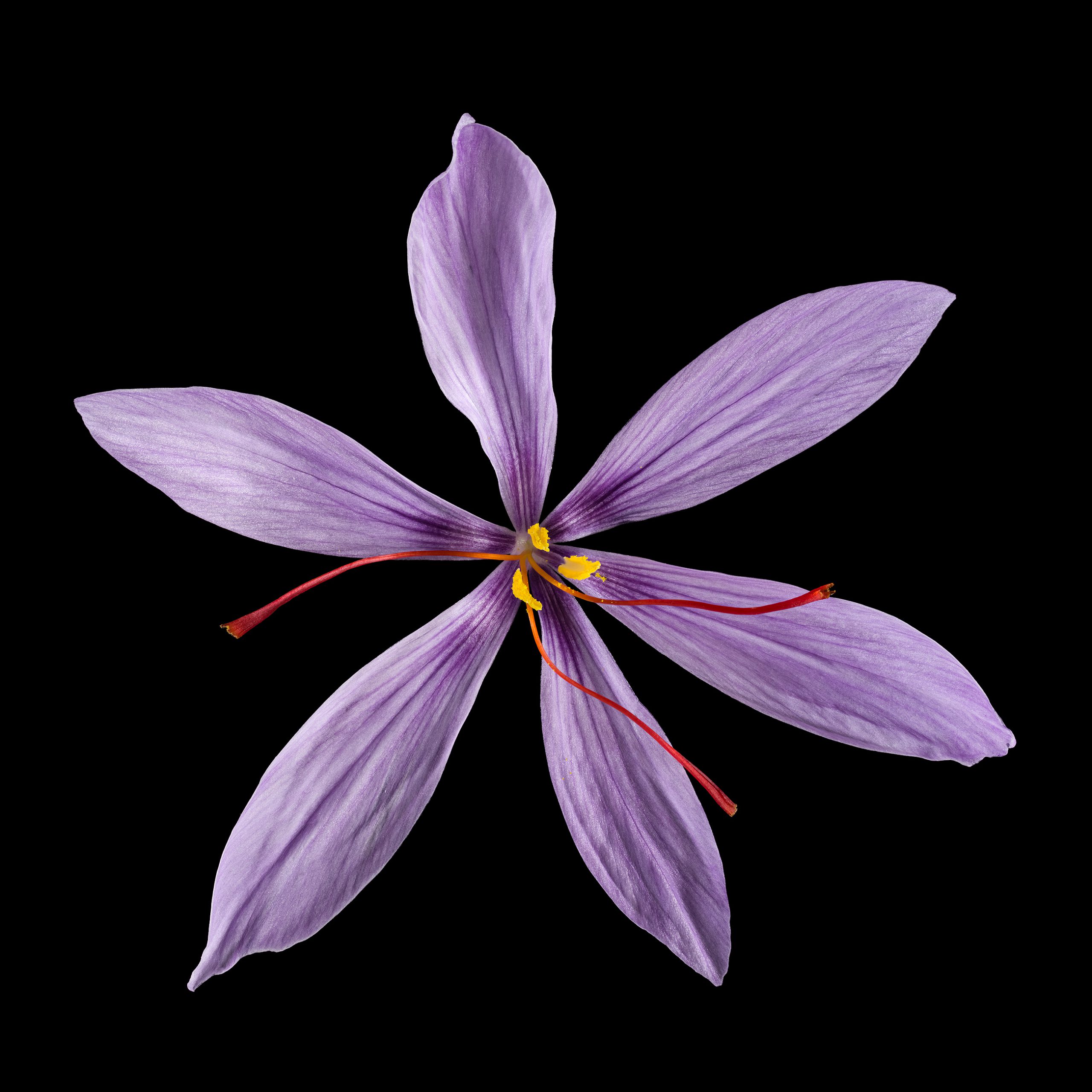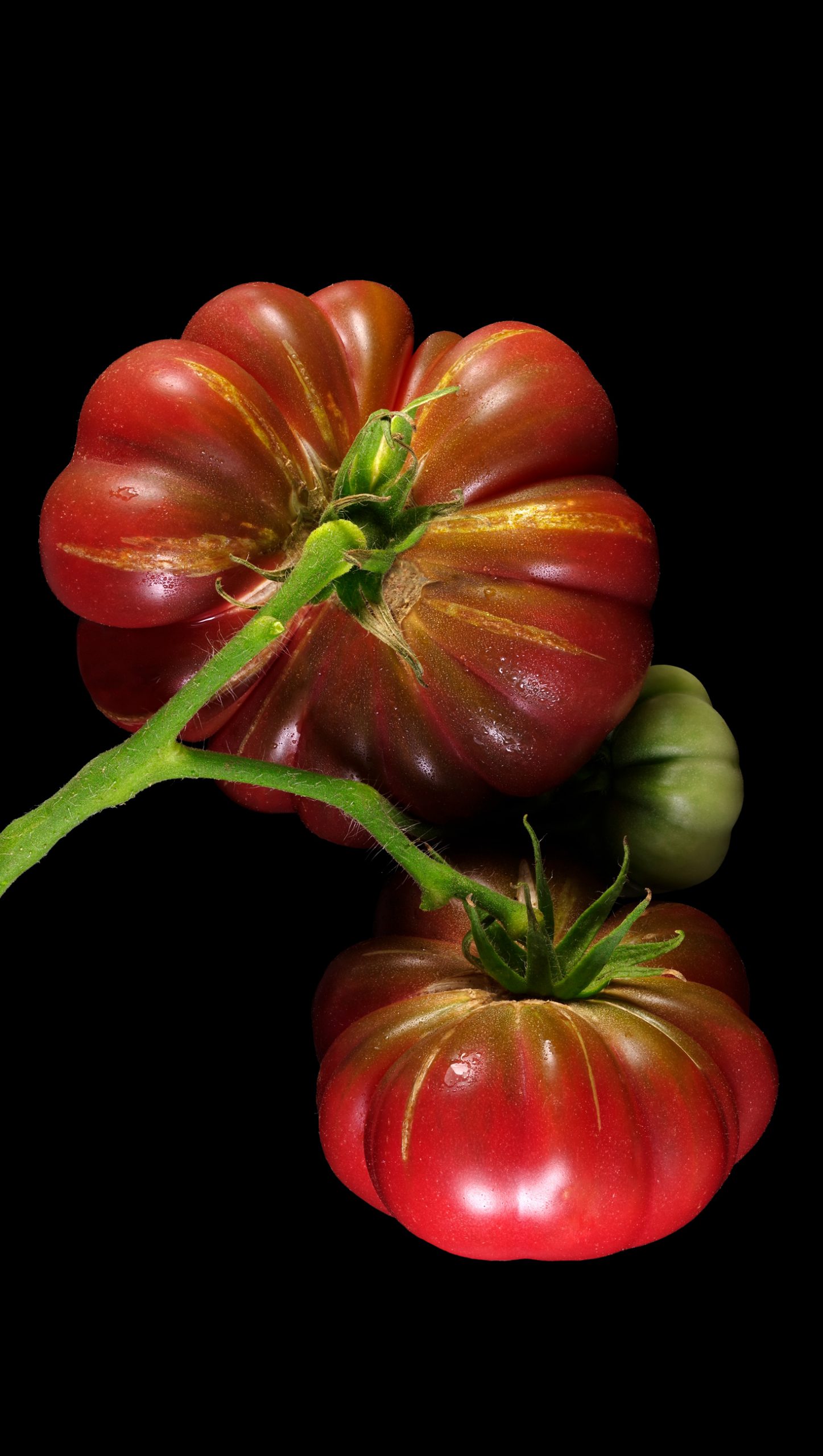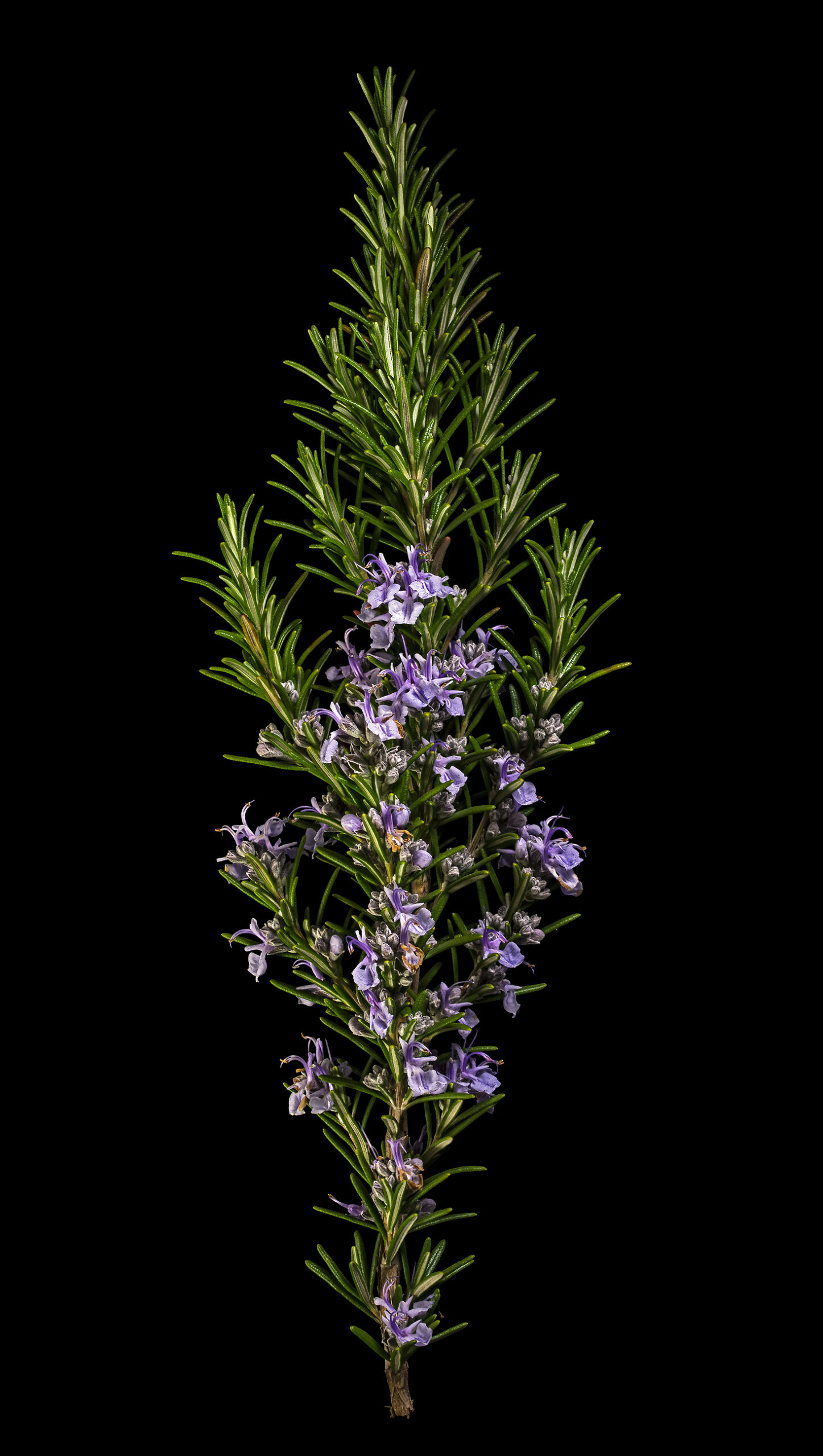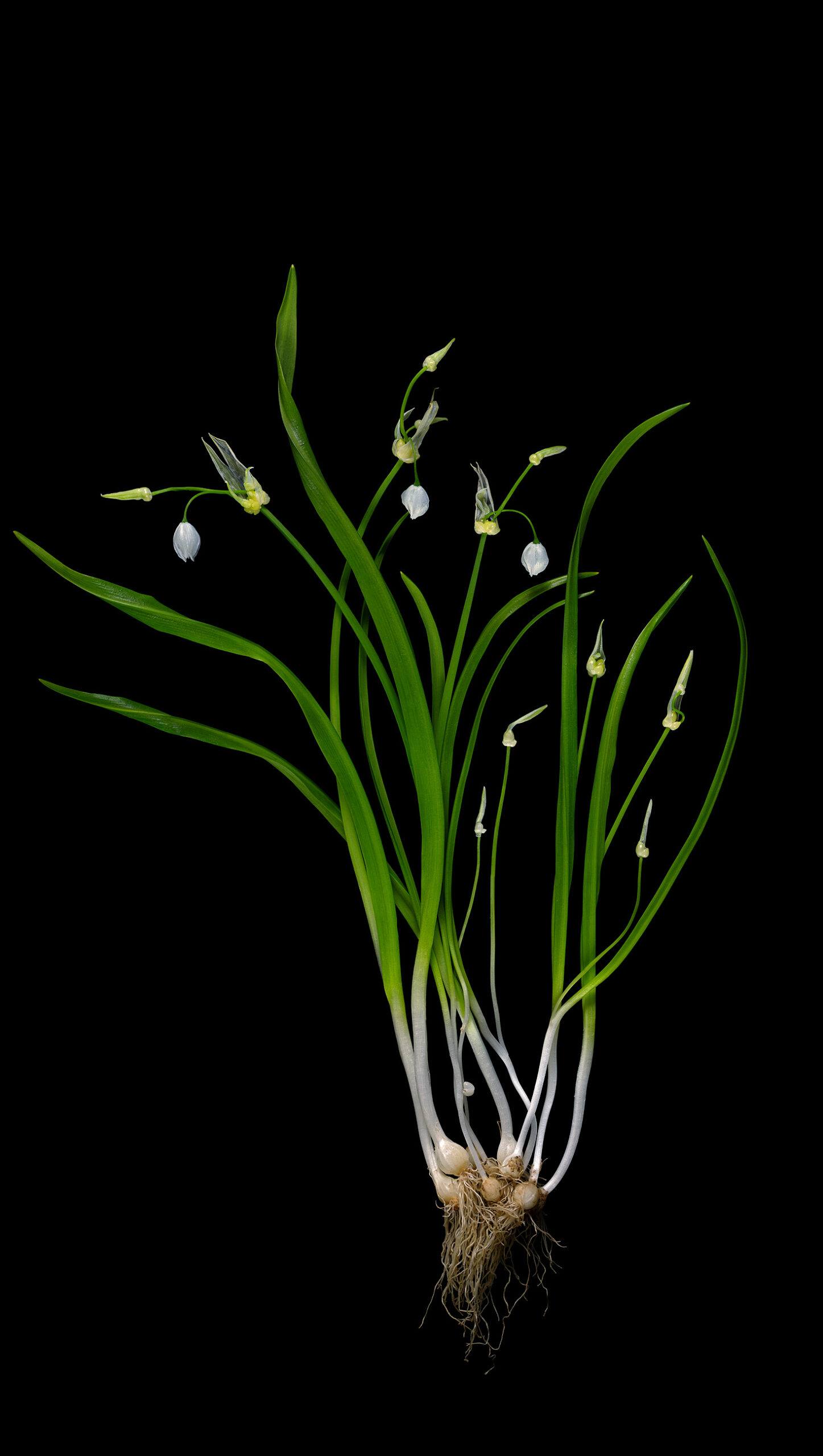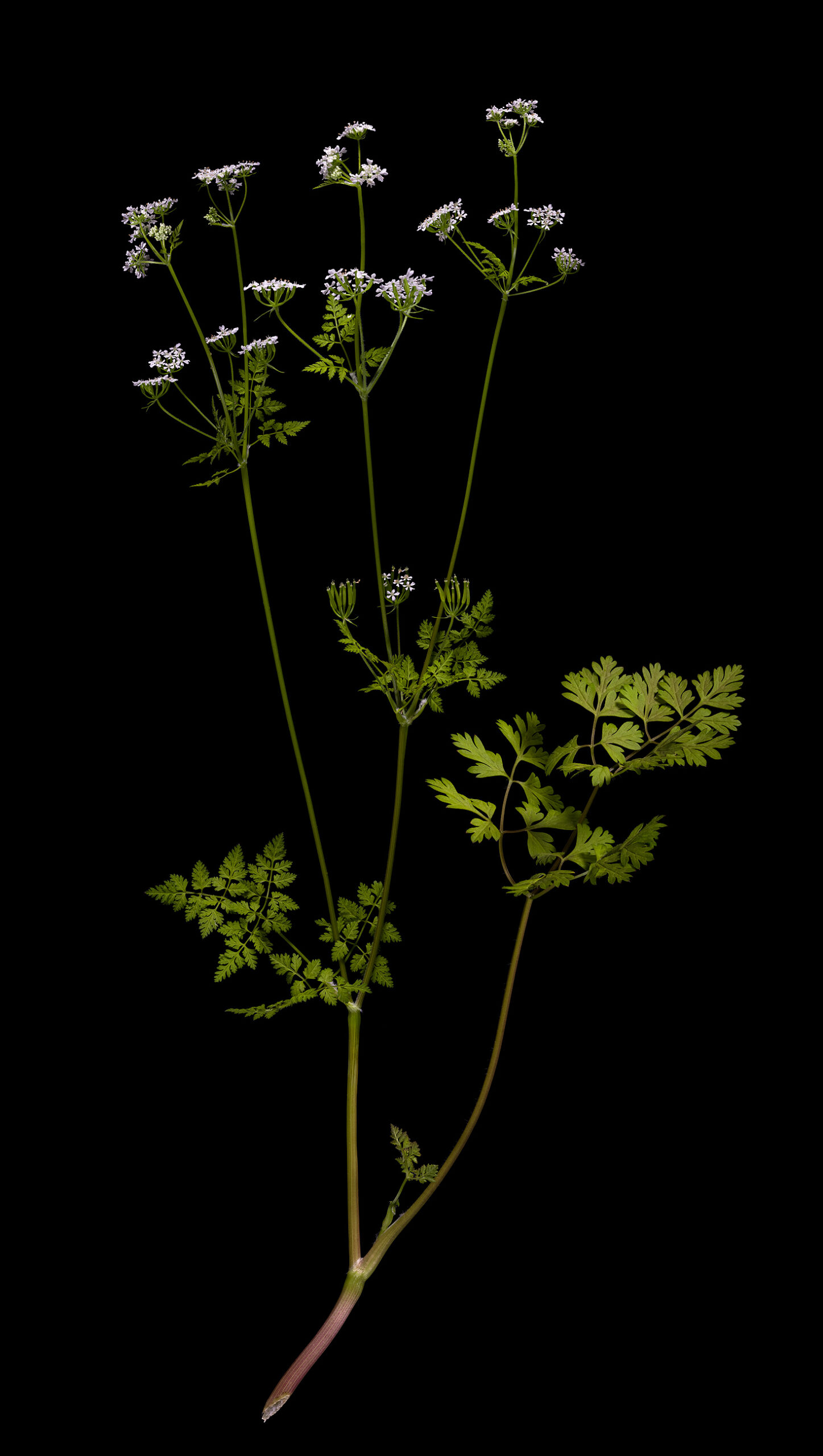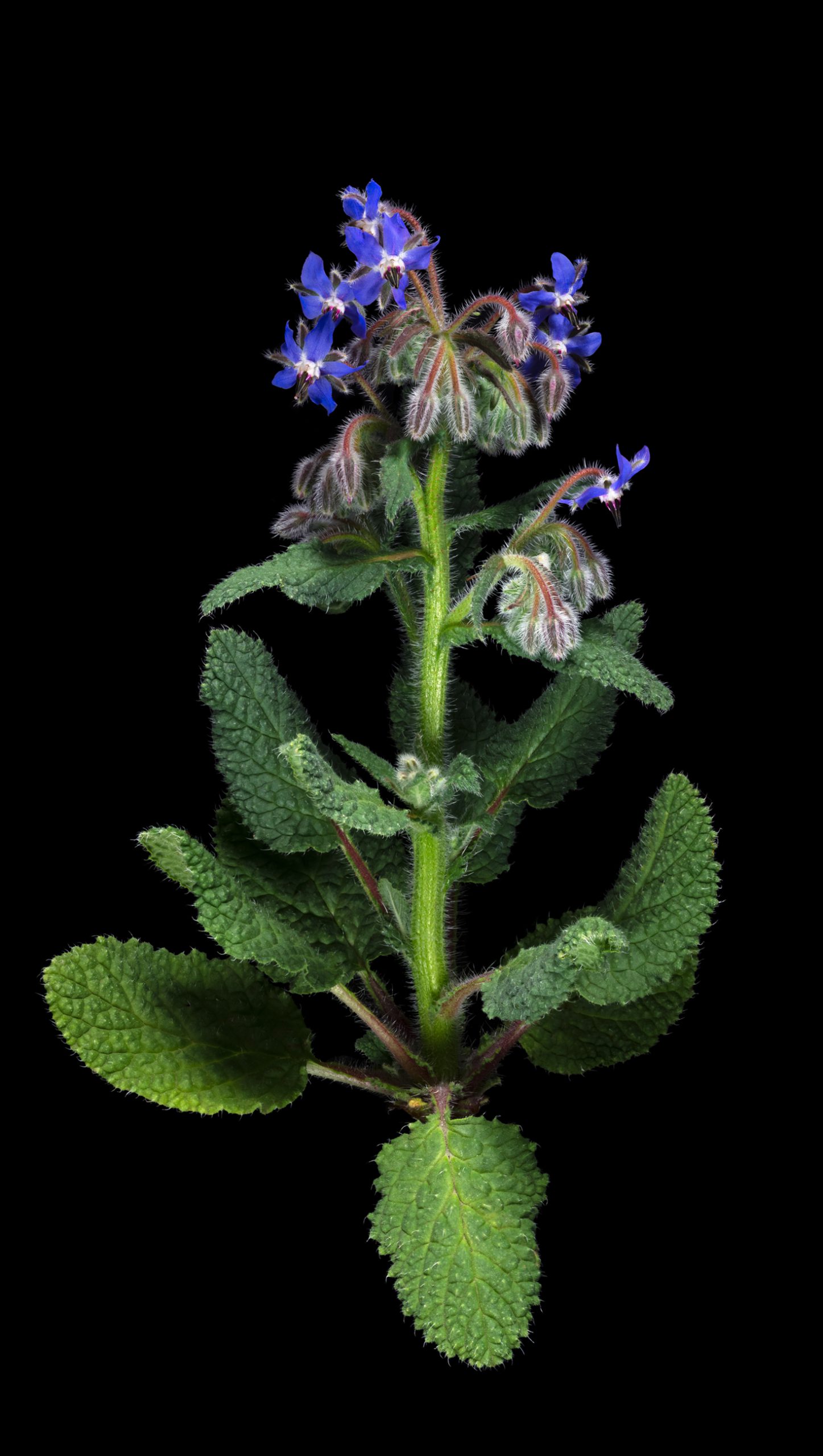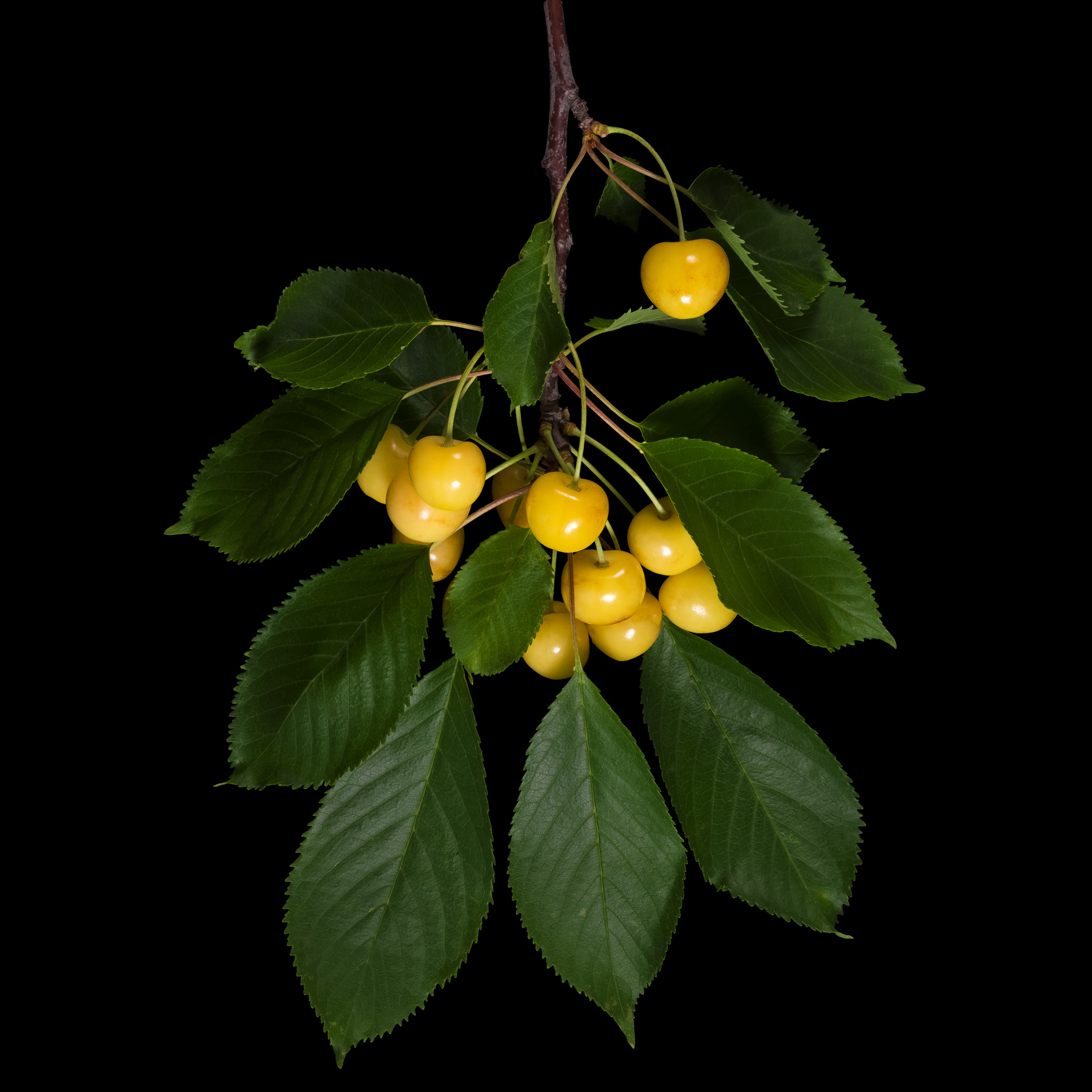Search Results for aromatic
The highest importance has the aromatic oil, of course, in the perfume production, but also tea (Earl Gray and Lady Gray), confectionery and Lokum are flavored with bergamot oil.
Specially from the immature fruit (as well from the leaves) of the bitter orange the aromatic oil „Petitgrain“ is won.
They are mostly cooked along with the other ingredients as a whole, so that they release their abundant aromatic oil, but the leaves are too leathery to be eaten.
The fresh flowers are often used in different countries as aromatic inflorescence vegetables or for jam.
The deep purple, black-looking flowers, however, taste very sweet due to the rich nectar they contain, so that they can be nibbled or used well in tea and on desserts.
The soft, juicy pulp tastes aromatic of fir, it is tart and resinous, yet very sweet.
In contrast to other types of lime, kaffir limes contain little juice, which is why the use of the essential oils in the dish is the focus.
The fruits of the Florentine citron are hanging on the branches like an upside down pear.
The whole herb is used with flowers and stems, both fresh and dried. It goes very well with potato dishes and legumes.
The cross section shows that ripe fruits of this variety no longer contain fruit juice.
Many plants with aromatic leaves are called “laurel” or “bay”, but none of them taste like true laurel.
The smaller, thin-peeled fruits of Meyer lemon taste very intense and are not as sour as many other varieties. At the same time, they are very juicy.
This wild vegetable, which tastes like a mixture of celery, carrot green and parsley, is particularly popular as an ingredient for green smoothies. The tender leaves also refine salads or stews and spinach.
The crushed leaves of oregano should not be missing on any pizza and give many other dishes of Italian cuisine an unmistakable aroma.
The kohlrabi stem can be eaten raw and cooked, for example diced and steamed or boiled.
Parsley is used as a fresh, aromatic kitchen herb, added to savory cold dishes or stews and sauces just before the end of cooking.
The multiform Buddha’s hand is a special kind of citron.
Hardy Begonia: Begonia grandis x Begonia evansiana Kitchen herb and decoration The pink flowers of Hardy Begonia are a pretty decoration in salad or - sugared- on confectionery. They have a lemony flavour. The yellow stamens of the male flower
Wild garlic can be collected in the spring from March to the end of April in many places in the forest. There it grows as a dense, dark green carpet.
Kumquats are eaten as a whole. They are sweet and tangy and very aromatic.
If the rough leaves are rubbed, an intense, fresh lemon aroma spreads immediately.
The intense pink color of this fruit, especially of the fruit flesh, is a challenge for the eye and for the camera sensor.
This cultivation of hemp is useless as a drug crop, but as a food plant the more valuable.
he tuber cellar is a classic, spicy ingredient in stews and soups with a characteristic aroma.
Flower sprouts taste milder than many other types of cabbage and require only a short cooking time.
The leaves of the meadow sage are used like the common sage, but they are milder.
The seeds of the Black-caraway are mostly roasted. They are slightly bitter and spicy, with an unobtrusive aroma of cumin and roasted sesame seeds.
The huge citrons have little fruit pulp and a thick peel (the white albedo), which is usually candied and added to bakery for seasoning.
The leaves of the curry tree have a „heavy“ aroma, which gives vegetable dishes more substance.
All parts of the tree smell of garlic and are used locally as a spice. Leaves are cooked as vegetables.
The leaves, which are used as kitchen herbs, smell and taste a bit like mint, parsley and tangerine.
Strong fragrant rose varieties have long been cultivated for the production of rose oil, which is not only used in perfumes, but also in some liqueurs and sugar confectionery.
Flowers and leaves give a good, fresh and decorative kitchen herb in salads, whose taste is not particularly reminiscent of the flowers odor.
The leaves taste like a mixture of caraway, mint and lemon.
The small black seeds in the capules can be used as spices, they taste like a mixture of nutmeg and woodruff.
Krachai is closely related to ginger and shares many of its properties as a spice, so that it can be used wherever ginger is needed.
Indigo rose tomato belongs to the rather small-fruited varieties and can be eaten directly from the shrub.
The aroma of fresh pandan leaves reminds of vanilla, it is of a heavy sweetness and very intense.
The large, delicate leaves of the Mexican pepper tree have a complex aroma that is reminiscent of the berries of black pepper.
Green santolina is at home in Mediterranean cuisine. It can be used fresh in salads or marinades for seasoning and develops a slightly resinous aroma.
This huge citrons have little pulp and a thick peel (the white albedo), which is usually candied and added as “succade” to pastry.
Only the green, knitting needle-like leaves are used. These can be eaten raw or blanched and fried. The leaves remain crisp and taste slightly salty and very aromatic.
Pine nuts are usually roasted briefly in a pan and added as a seasoning ingredient to rice dishes, pesto and stewed leafy vegetables. They are also used to make sweets.
Finely chopped, creeping cinquefoil is suitable as a seasoning herb in salads or dried in herbal salt. In summer the fresh flowers can be used as edible decoration.
This strange bitter orange variety stands out for its furrowed skin, but is consumable like most other bitter orange varieties.
The bulbils are only about 5 mm in size and the onion is edible (stems and leaves are too tough) and taste like chives, often the taste is described similar to garlic and can replace it.
The plant with the beautiful name „fish mint“ has a quite unique, strong taste, which certainly not everyone likes.
Kumquats are eaten as a whole. They are sweet and tangy and very aromatic.
The whole herb, including the deep purple flowers, can be eaten raw as a salad or cooked as leaf vegetables.
The fruits are sweet and have a very aromatic taste. They are best eaten raw.
After thorough cooking and rinsing, the flowers are also edible and are served with oil and salt.
Despite its higher juice content, Chinese citron can be used in the kitchen like other varieties of citron, such as succade or jam.
The cultivar ‚Santa Barbara‘ is orange in colour and has a perfume-like aroma and a slightly soapy taste.
The fruits of the horned bitter orange bear one or more conspicuous bulges that can look like horns.
Ground elder or goutweed is a widespread herb plant that can be found almost all year round and can be used as a wild vegetable not only in times of need.
If the myrobalan plum is not eaten raw, it can be processed into compote and jam.
Saffron, the „red gold“, is a spice extracted from the flowers of the saffron crocus.
The purple calabash tastes sweet and very aromatic, as one would otherwise expect from the much smaller cocktail tomatoes.
Rosemary is an important kitchen herb and spice. It is a component of the herb mixture „Herbs de Provence“.
Few-flowered leek: Allium paradoxum The leek with the bell-shaped flowers Few-flowered leek can grow in a dense, lawn-like stand. It is edible like spring onions, although the "tuber" remains somewhat smaller and the whole plant has a more delicate growth.
Chervil tastes like aniseed or tarragon. It is used to season soups, salads, sauces and herb butter and is one of the seven herbs in Frankfurt’s green sauce.
The finely chopped leaves of borage even taste good in fruit salad or can be made into a kind of spinach.
Of all the yellow cherry varieties, this one is probably the best known and most common throughout Germany.



